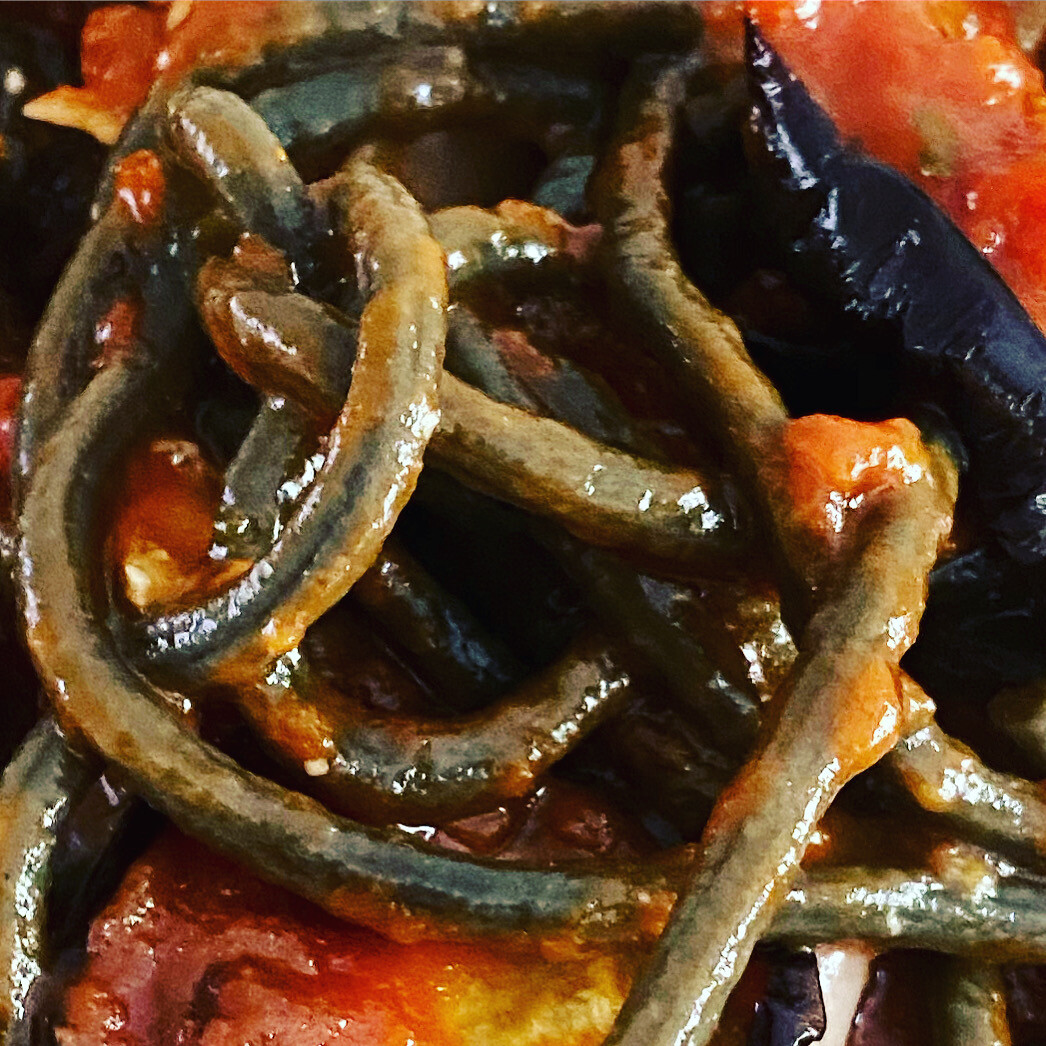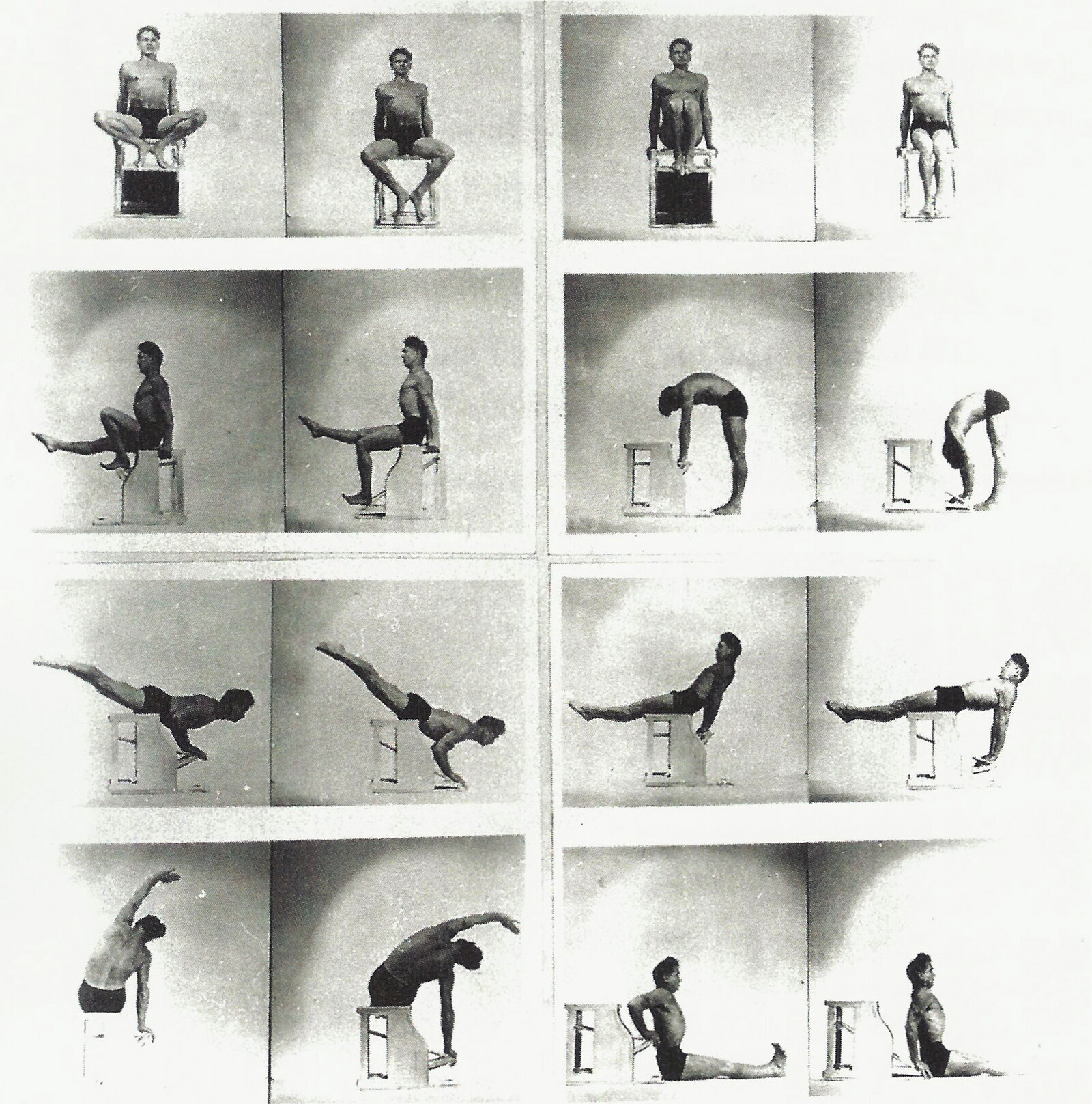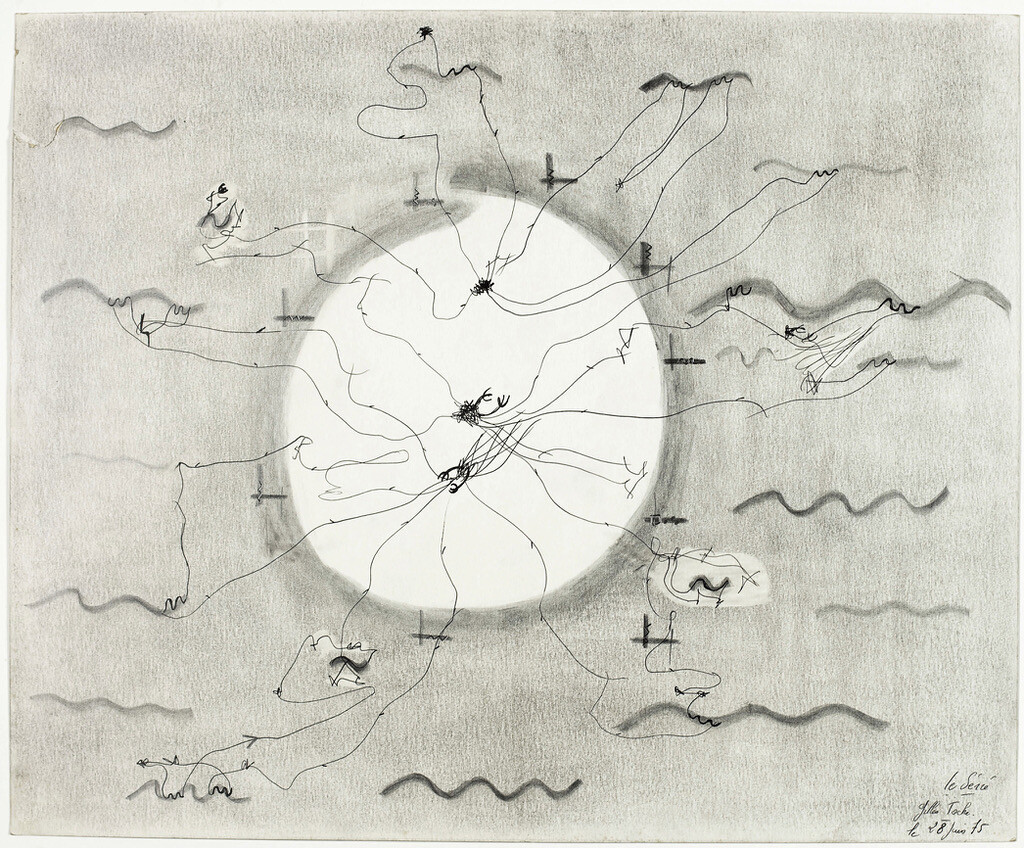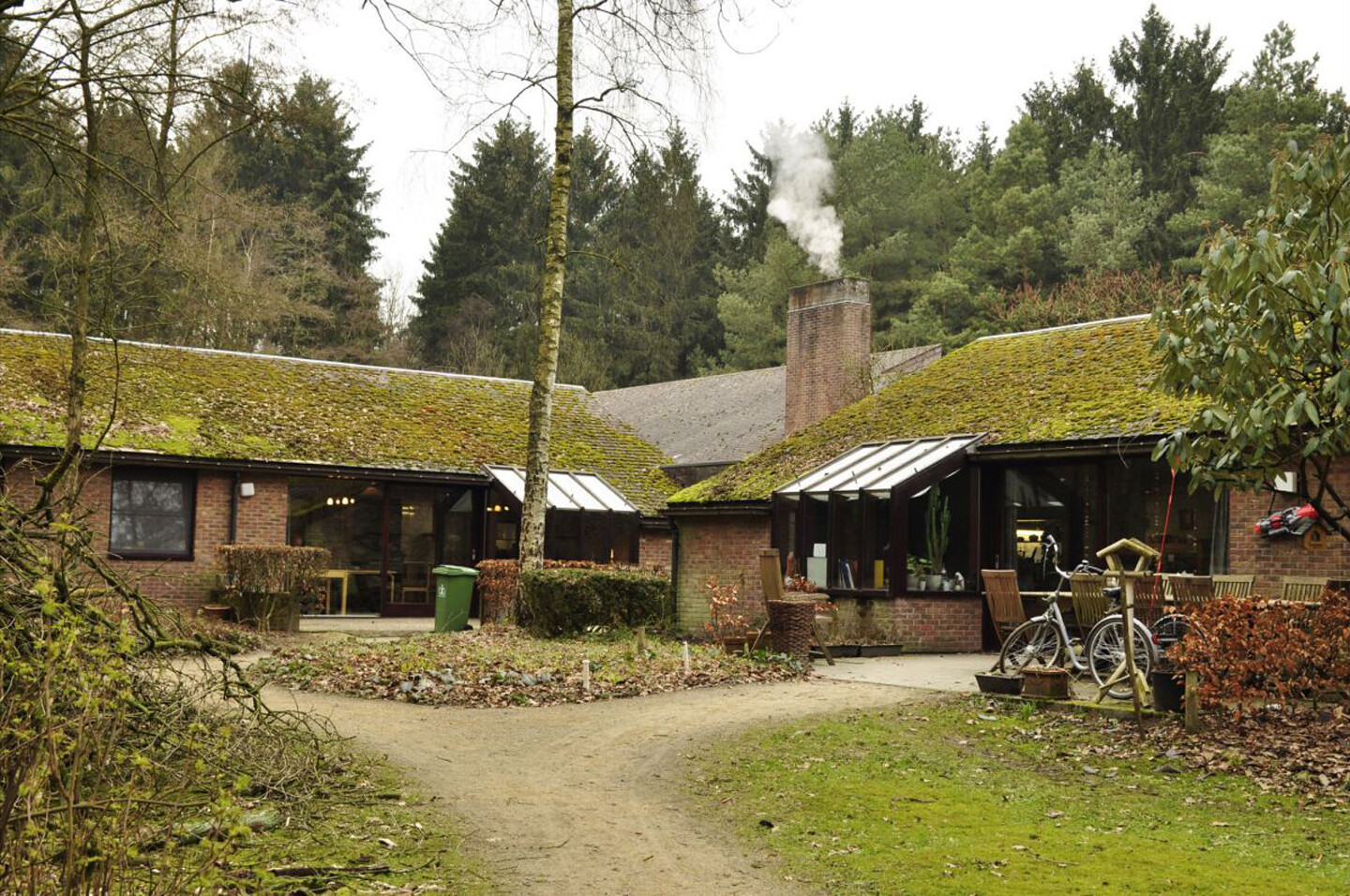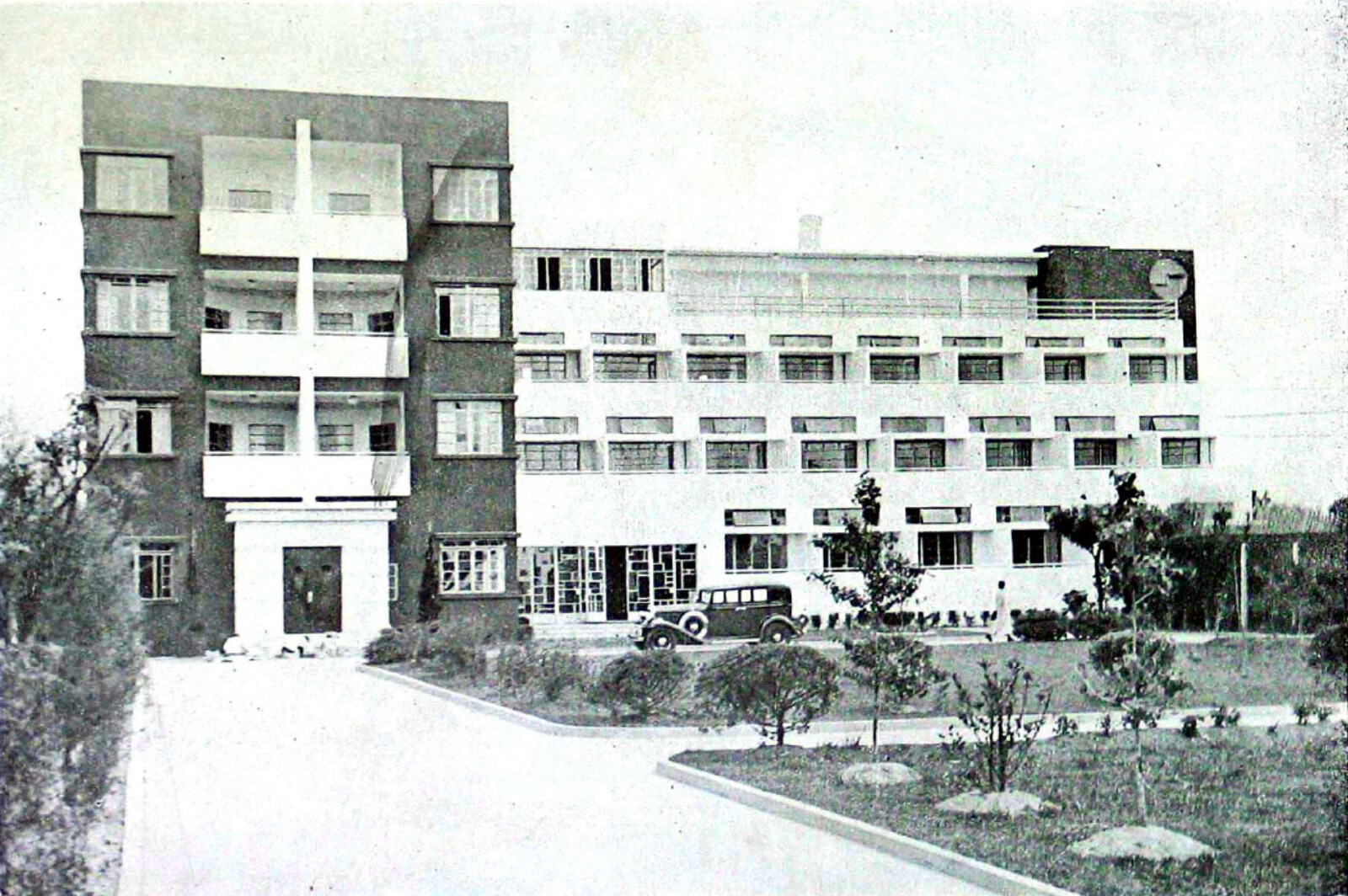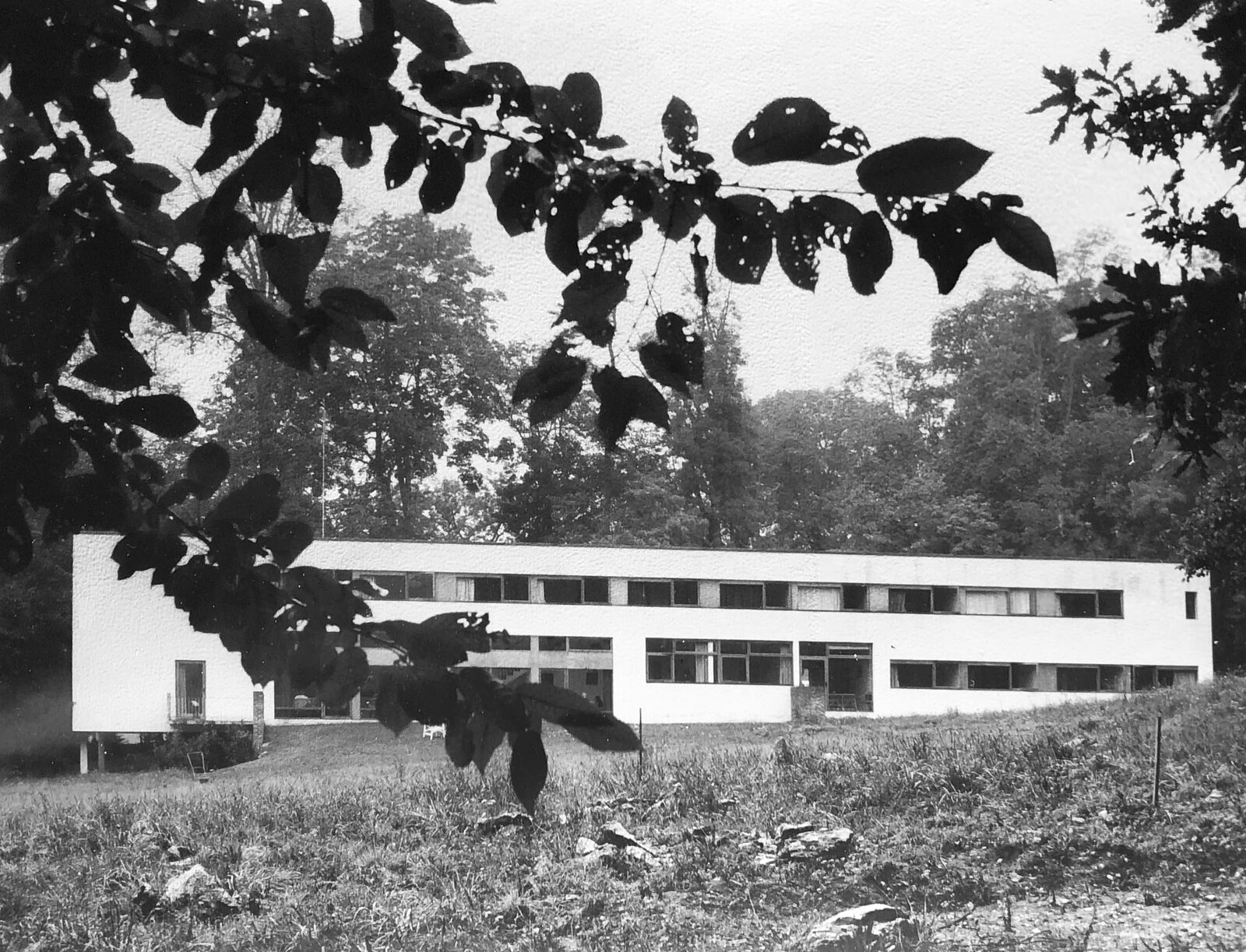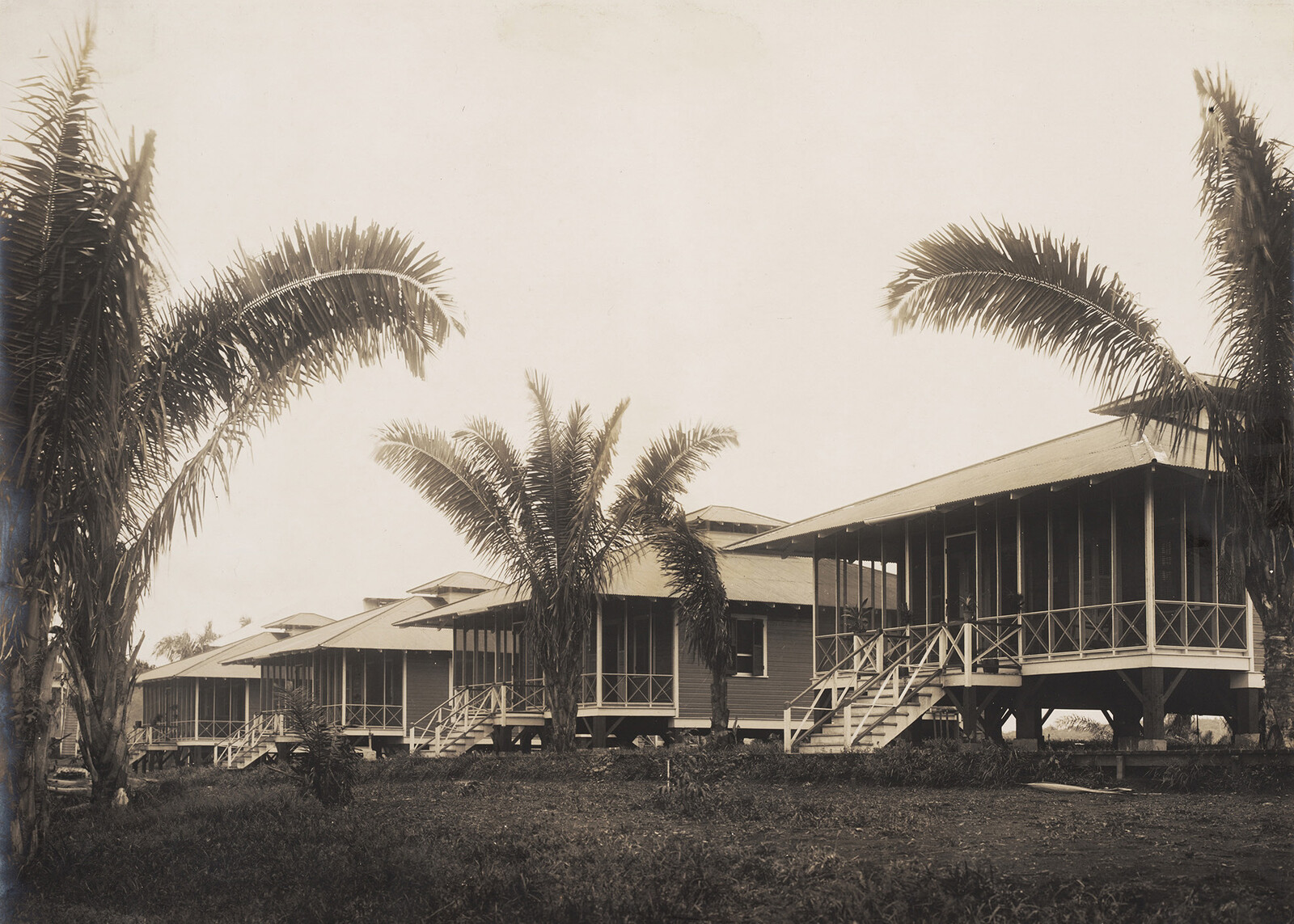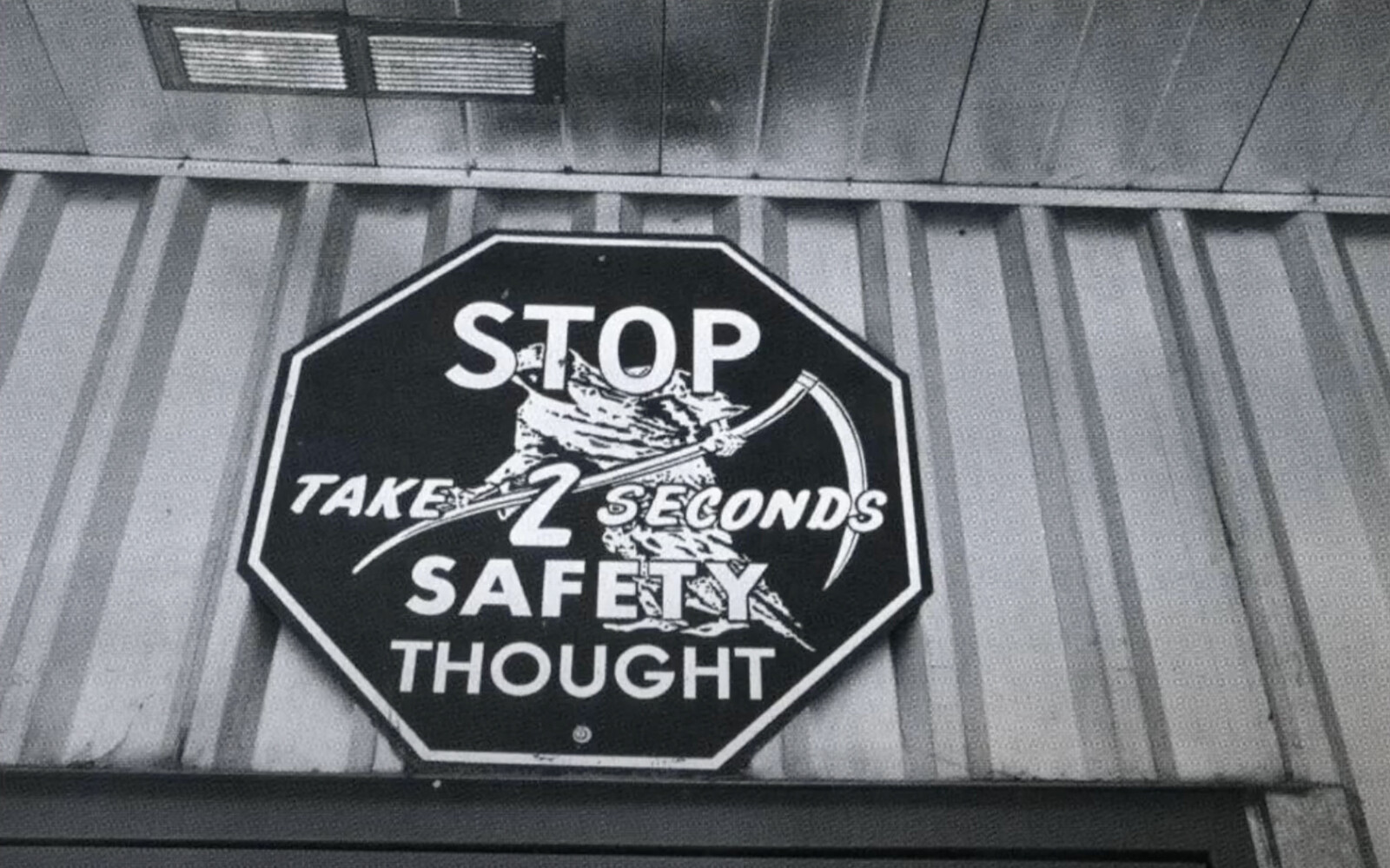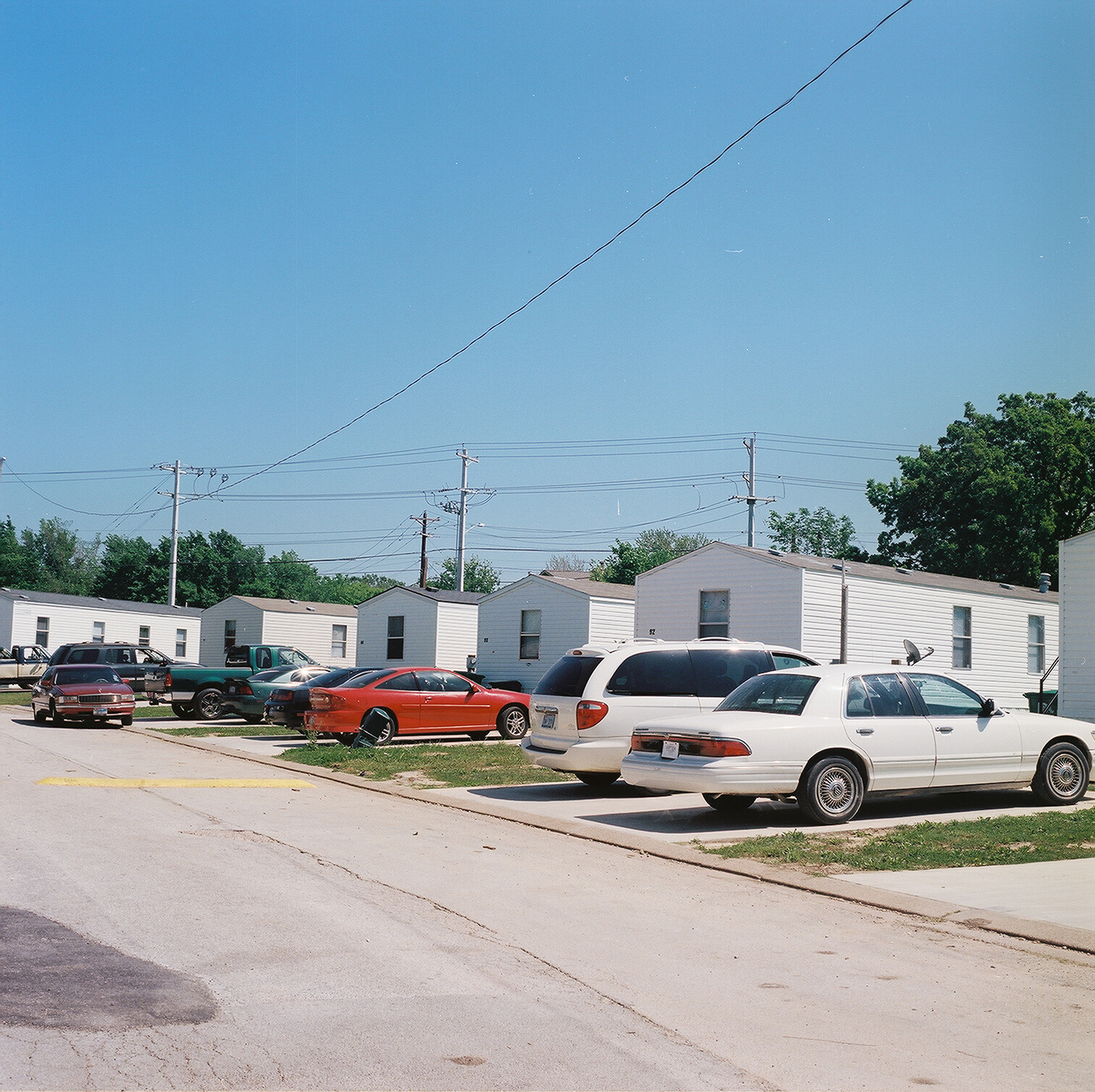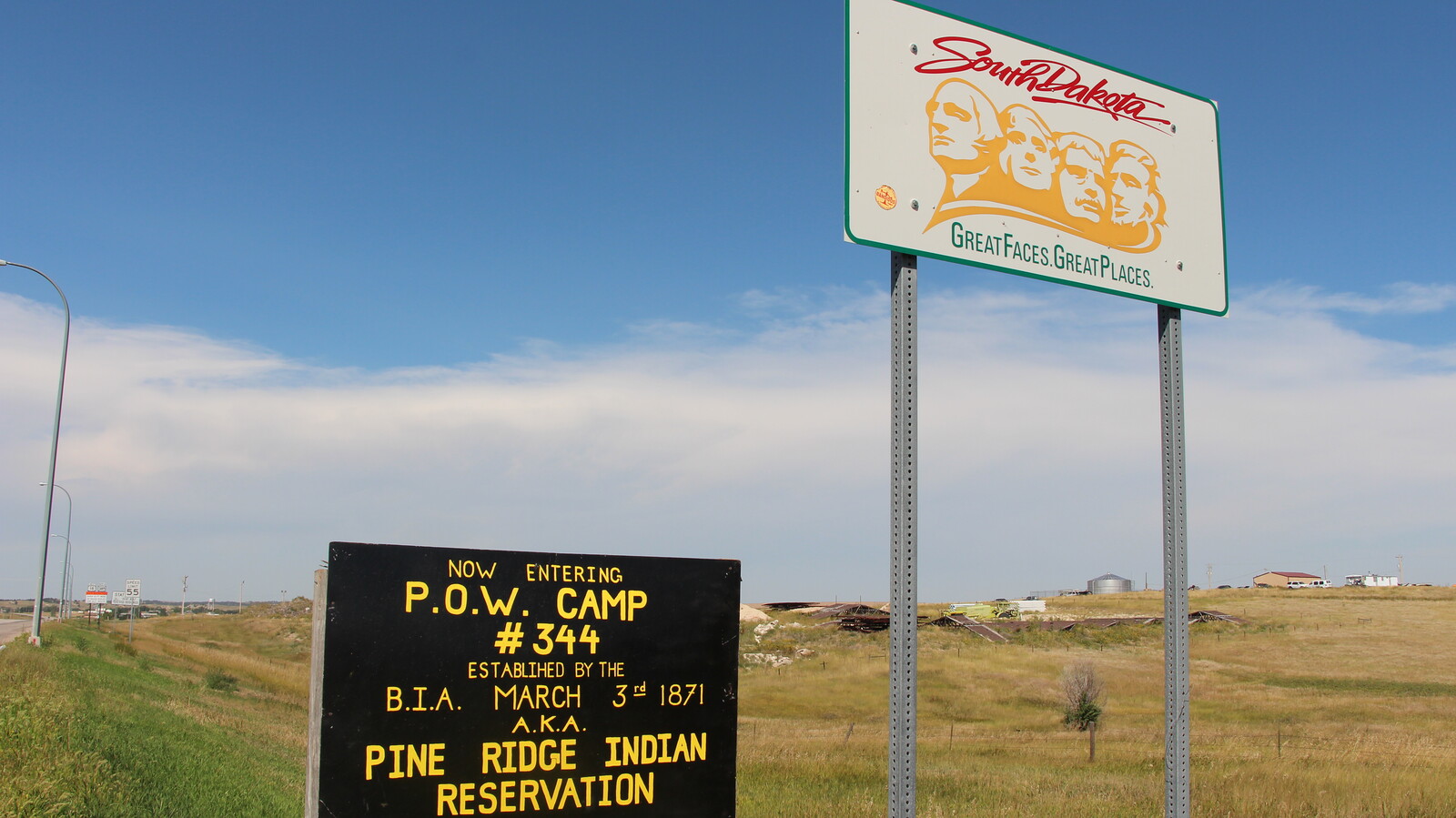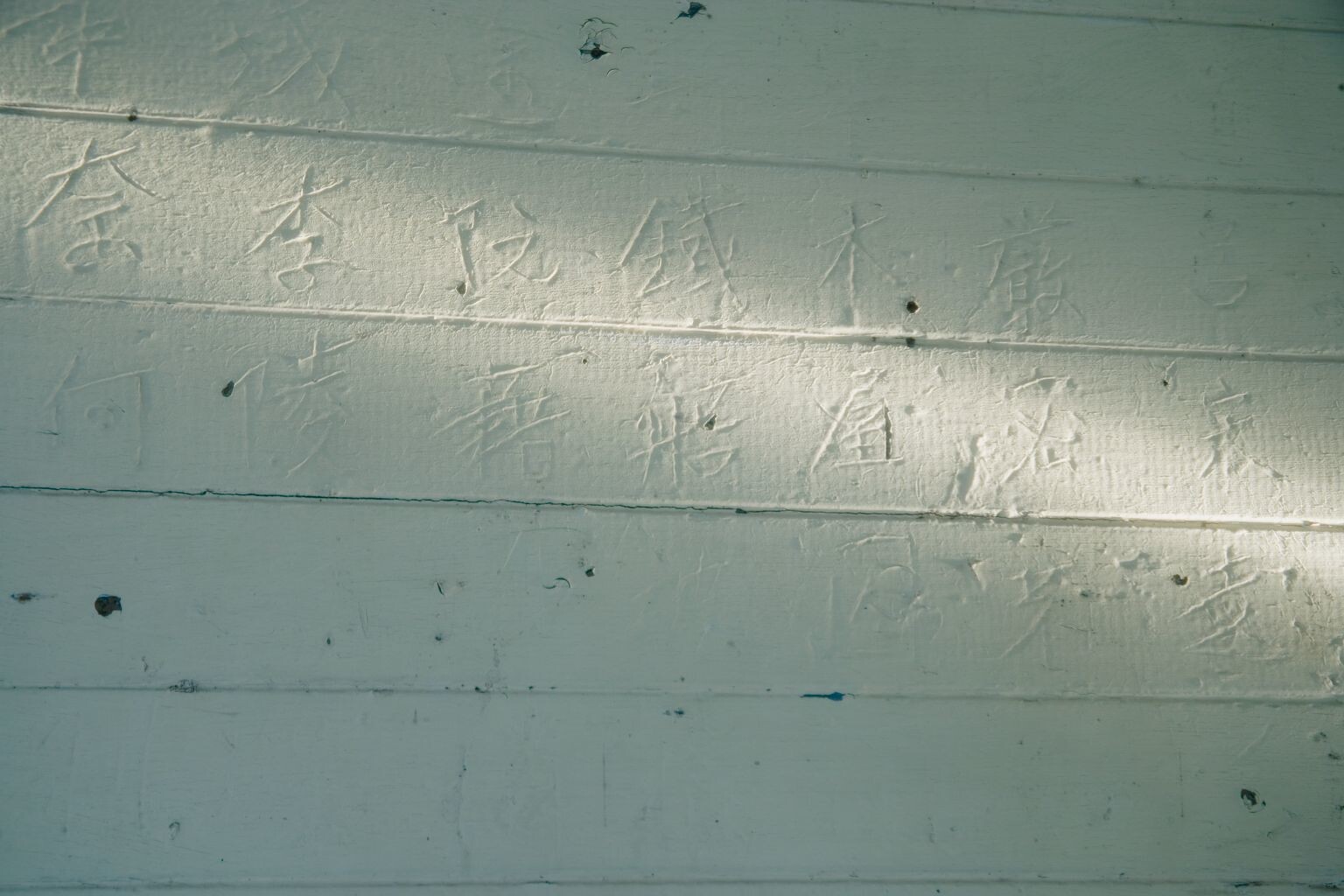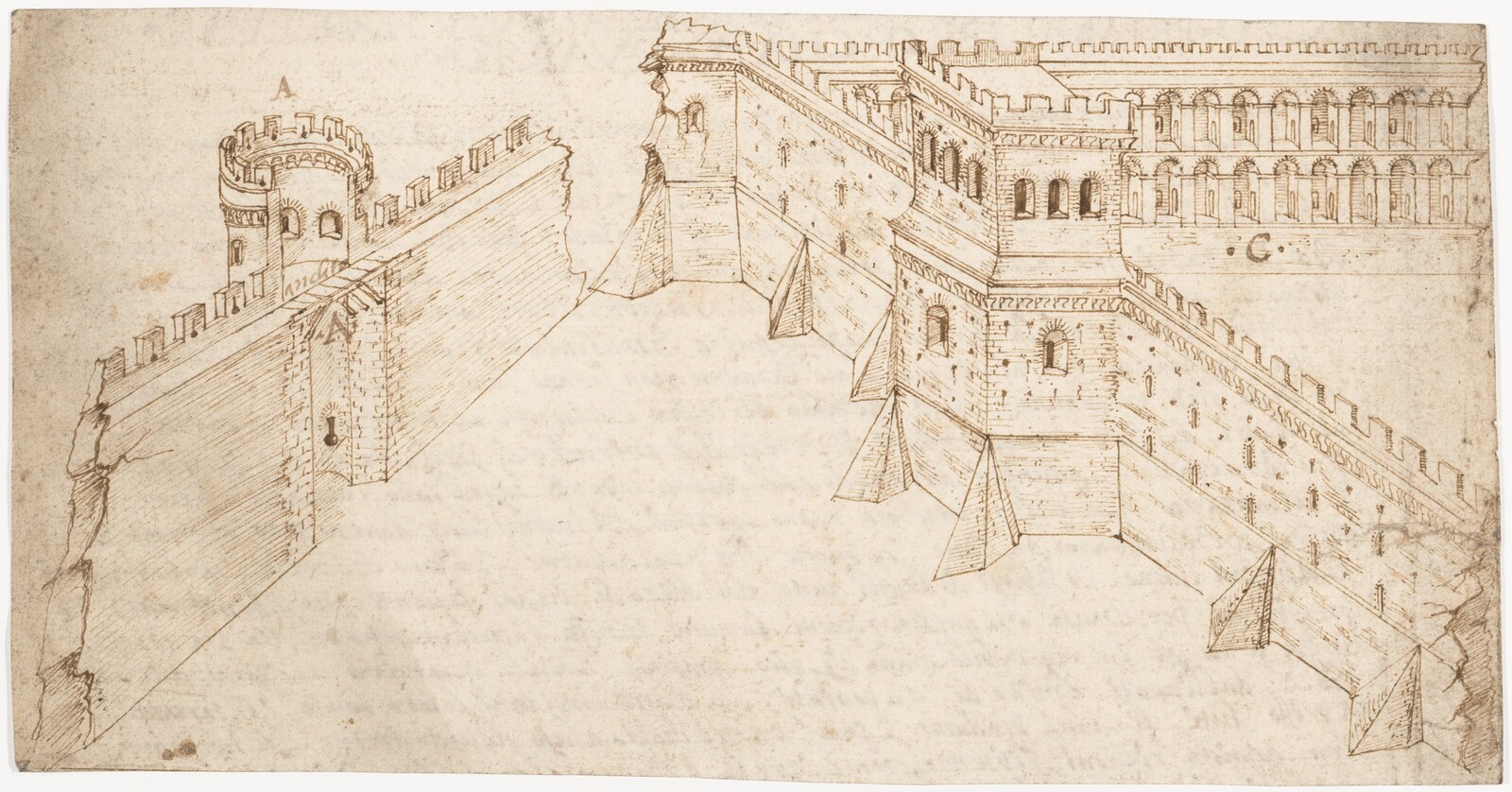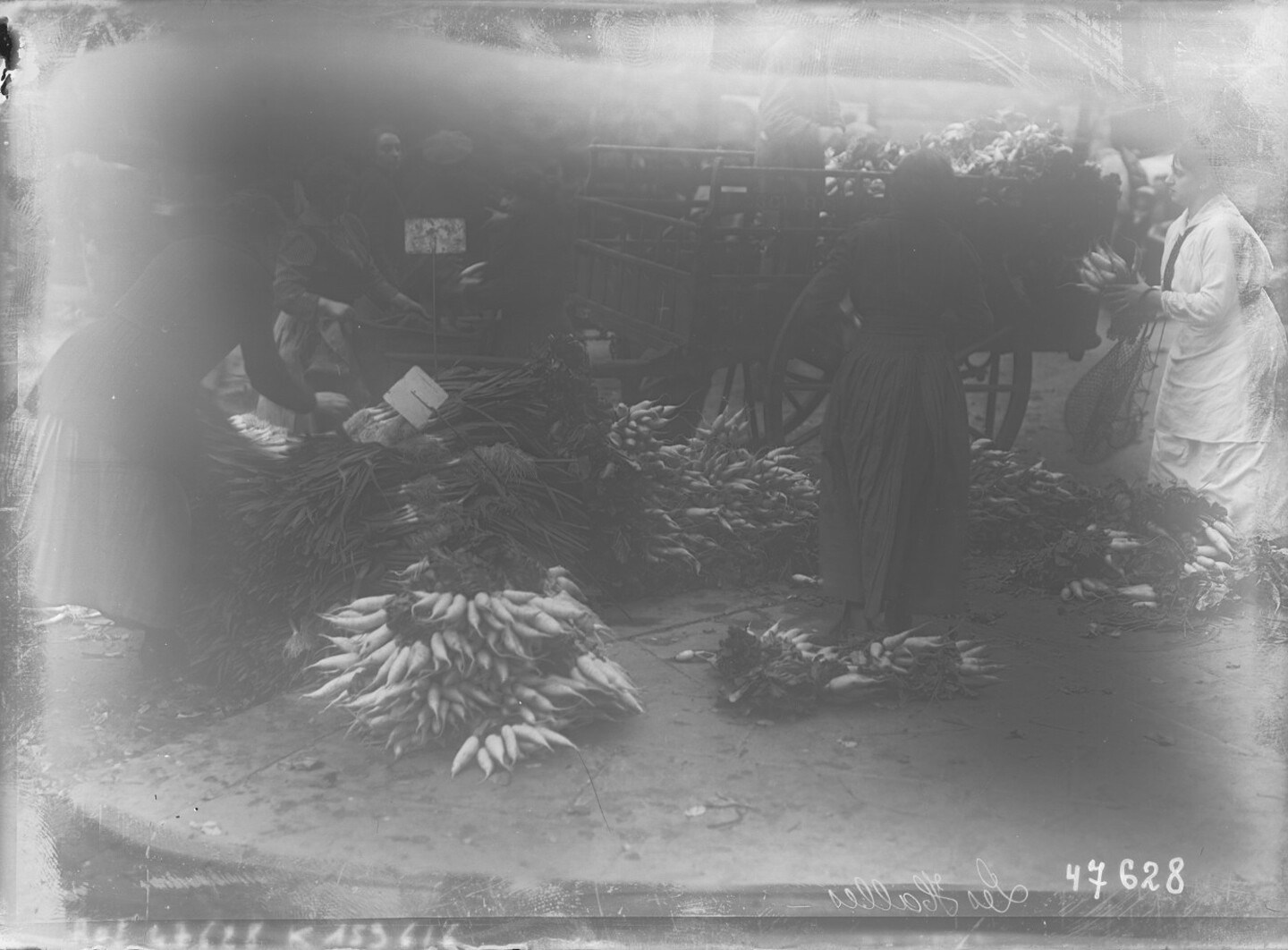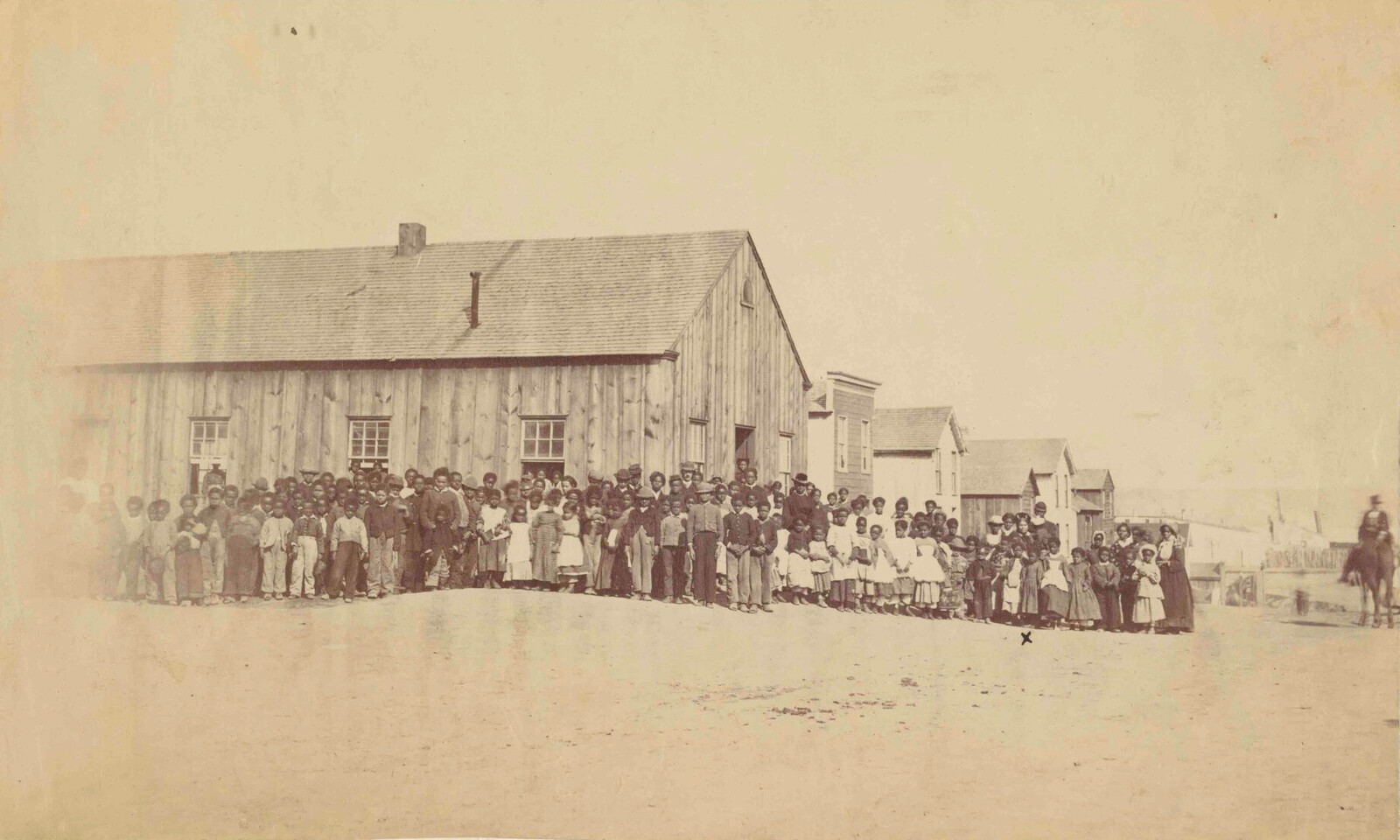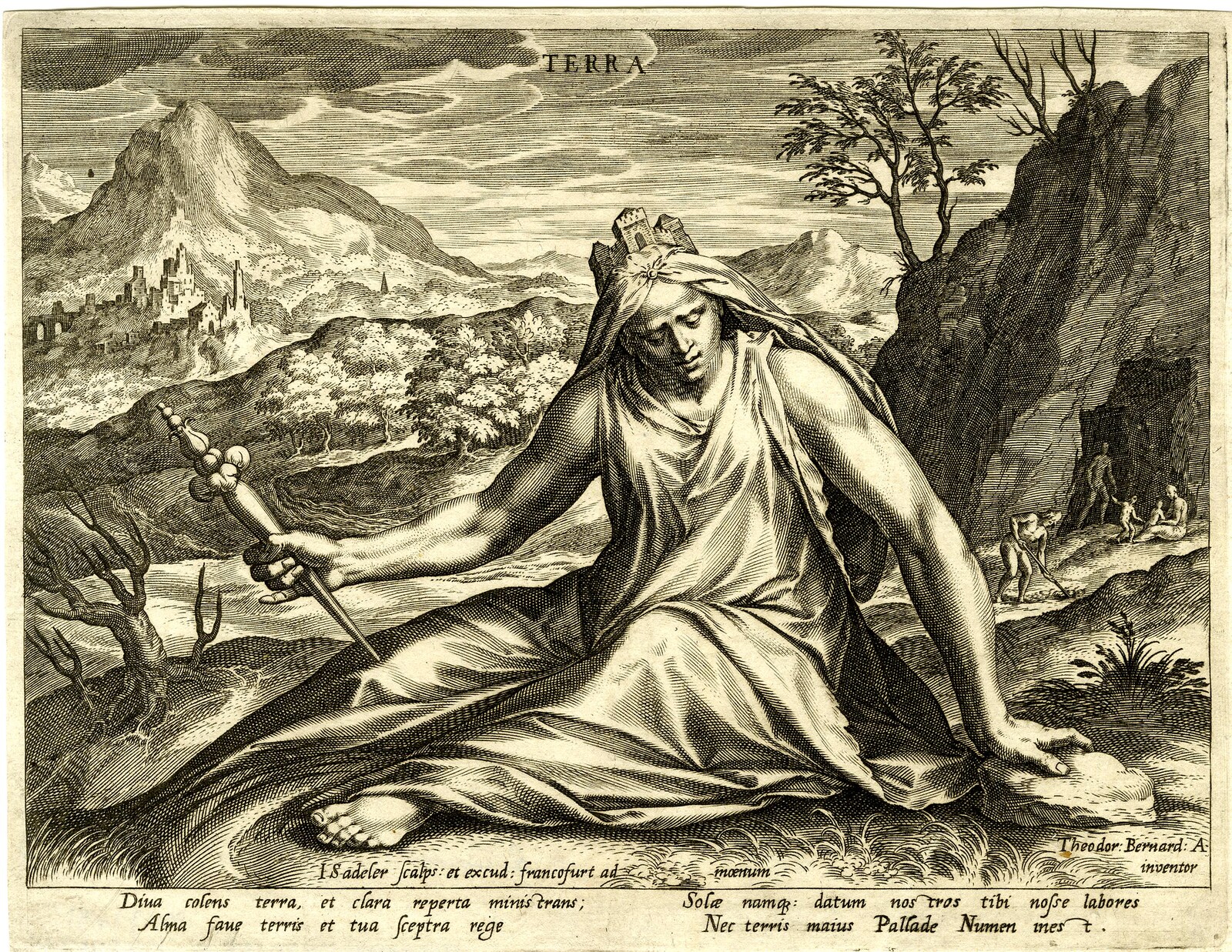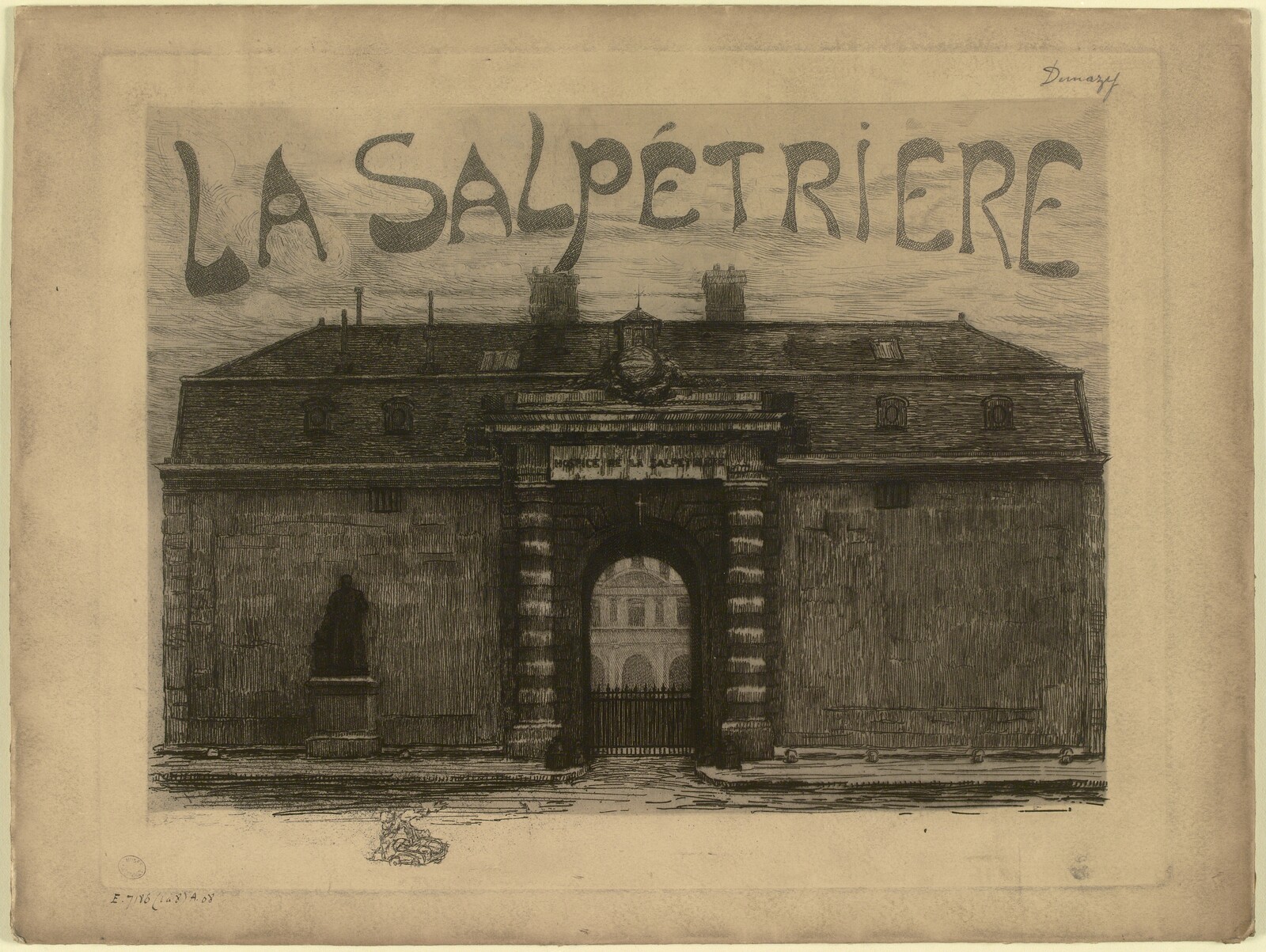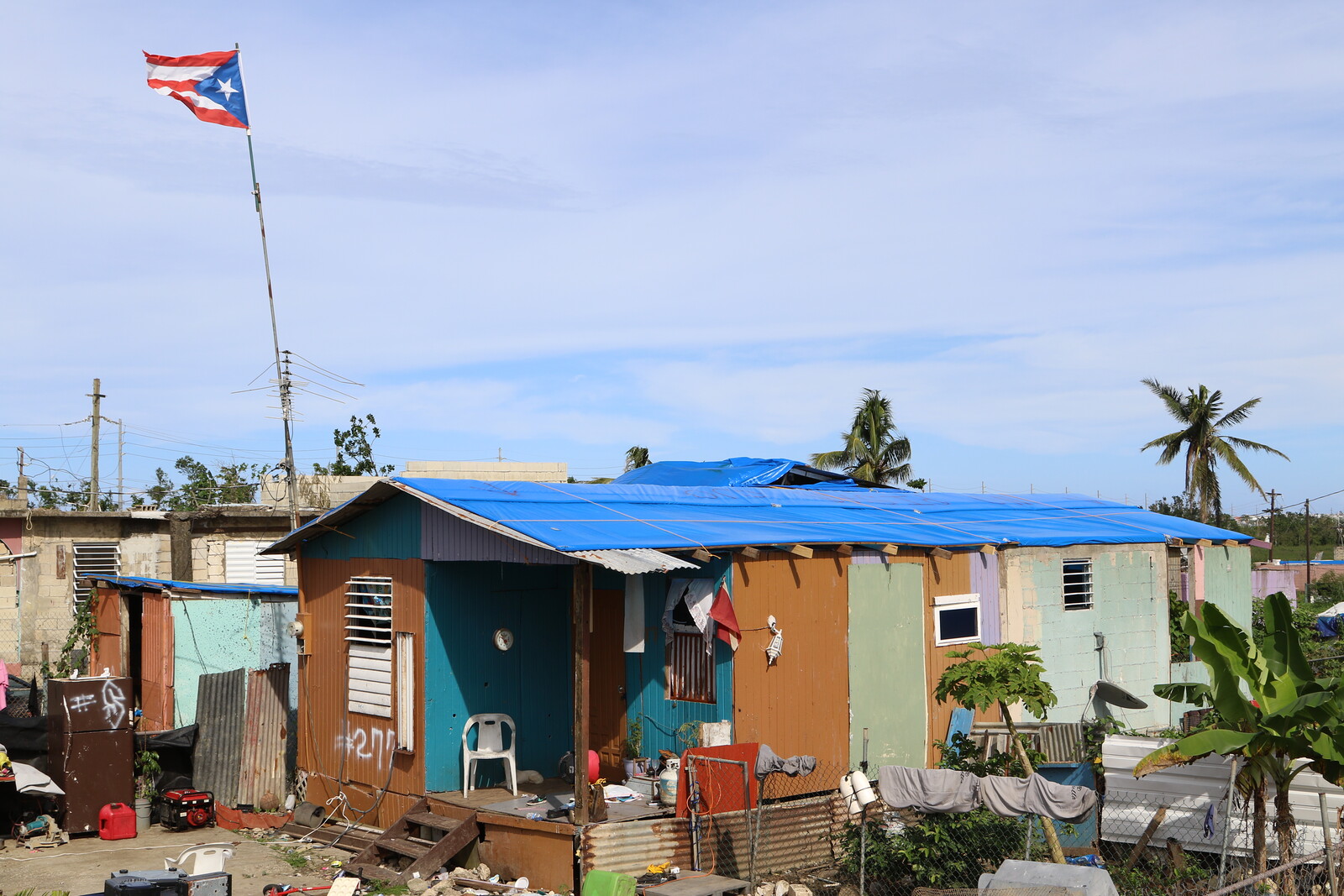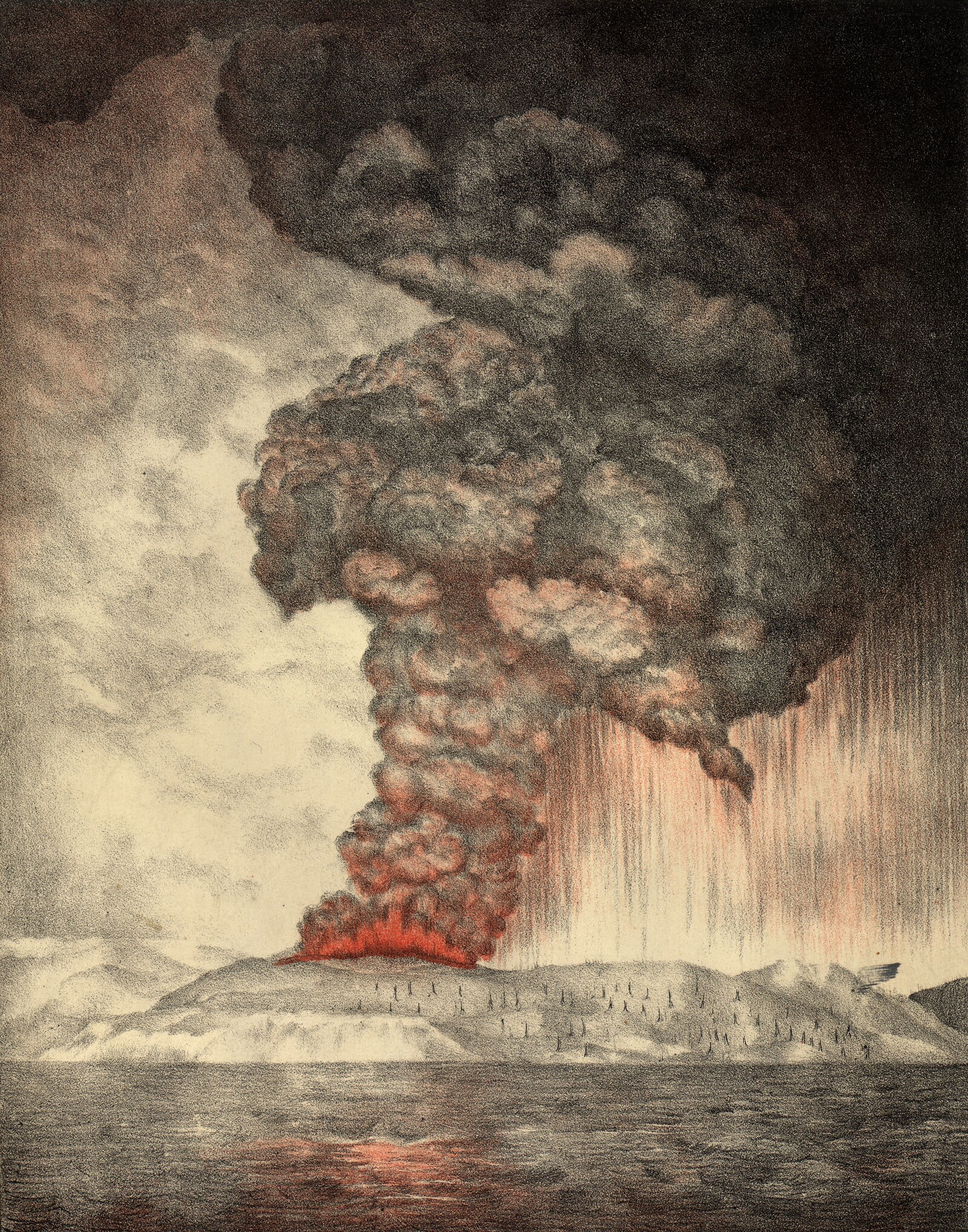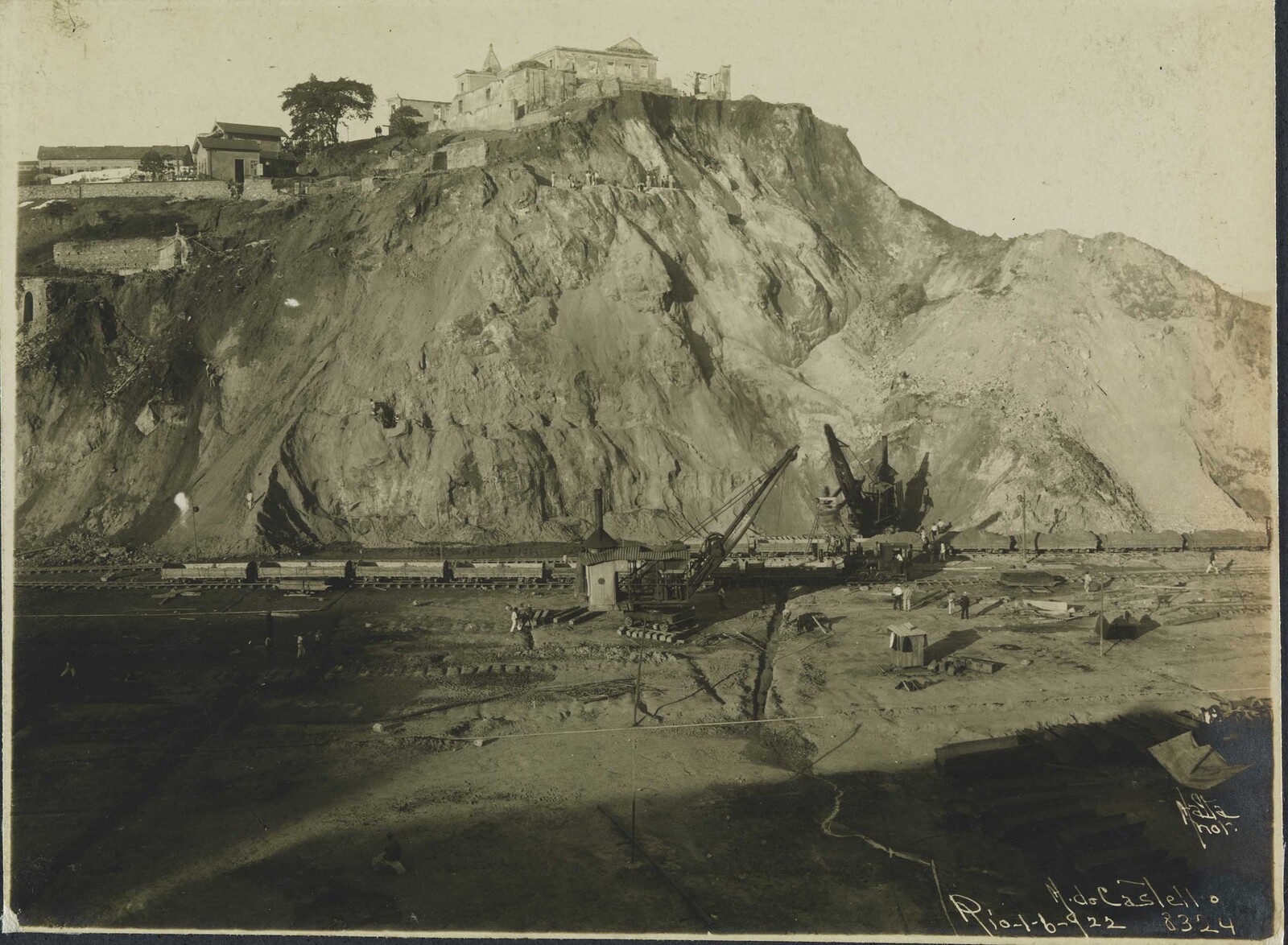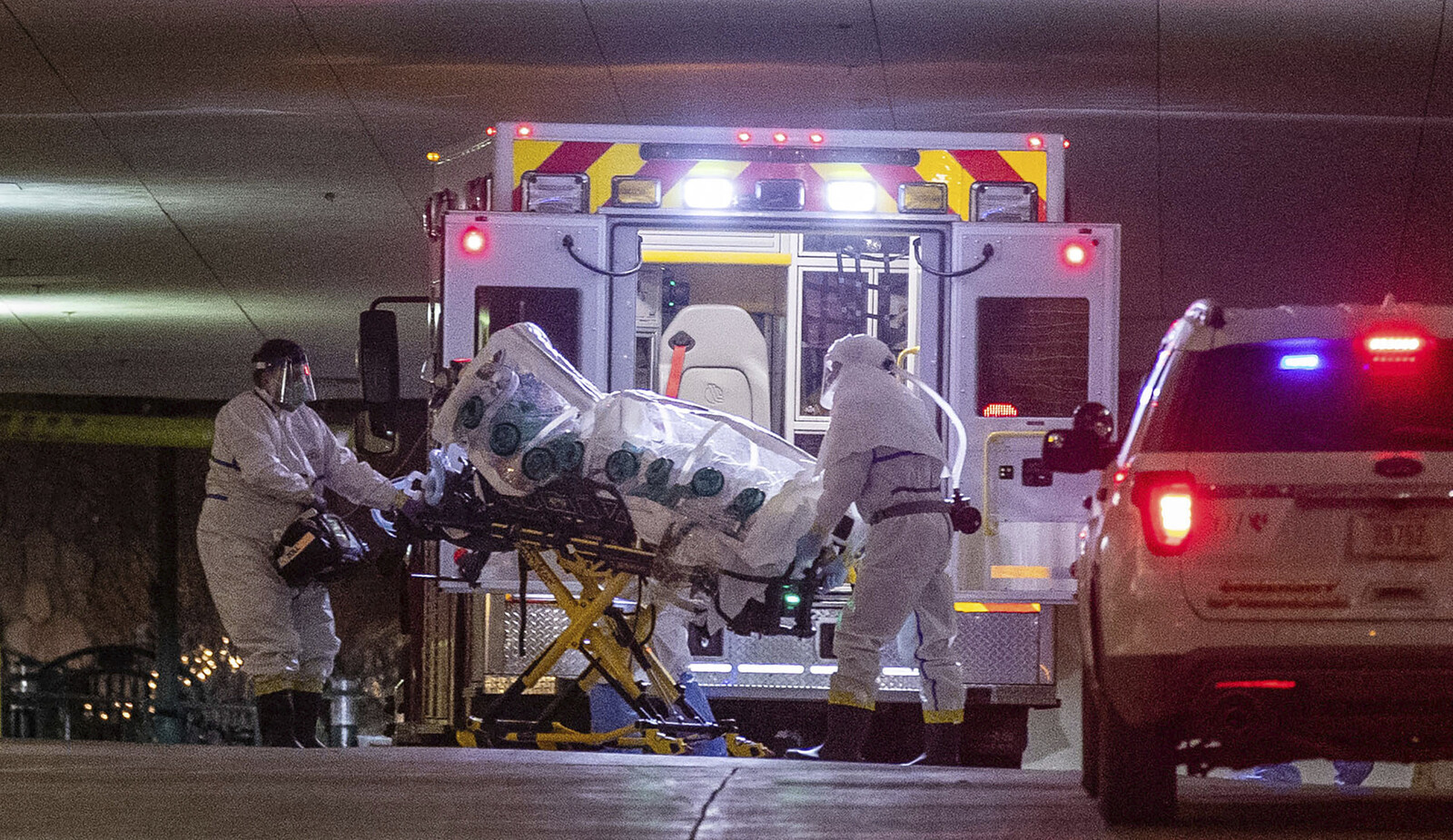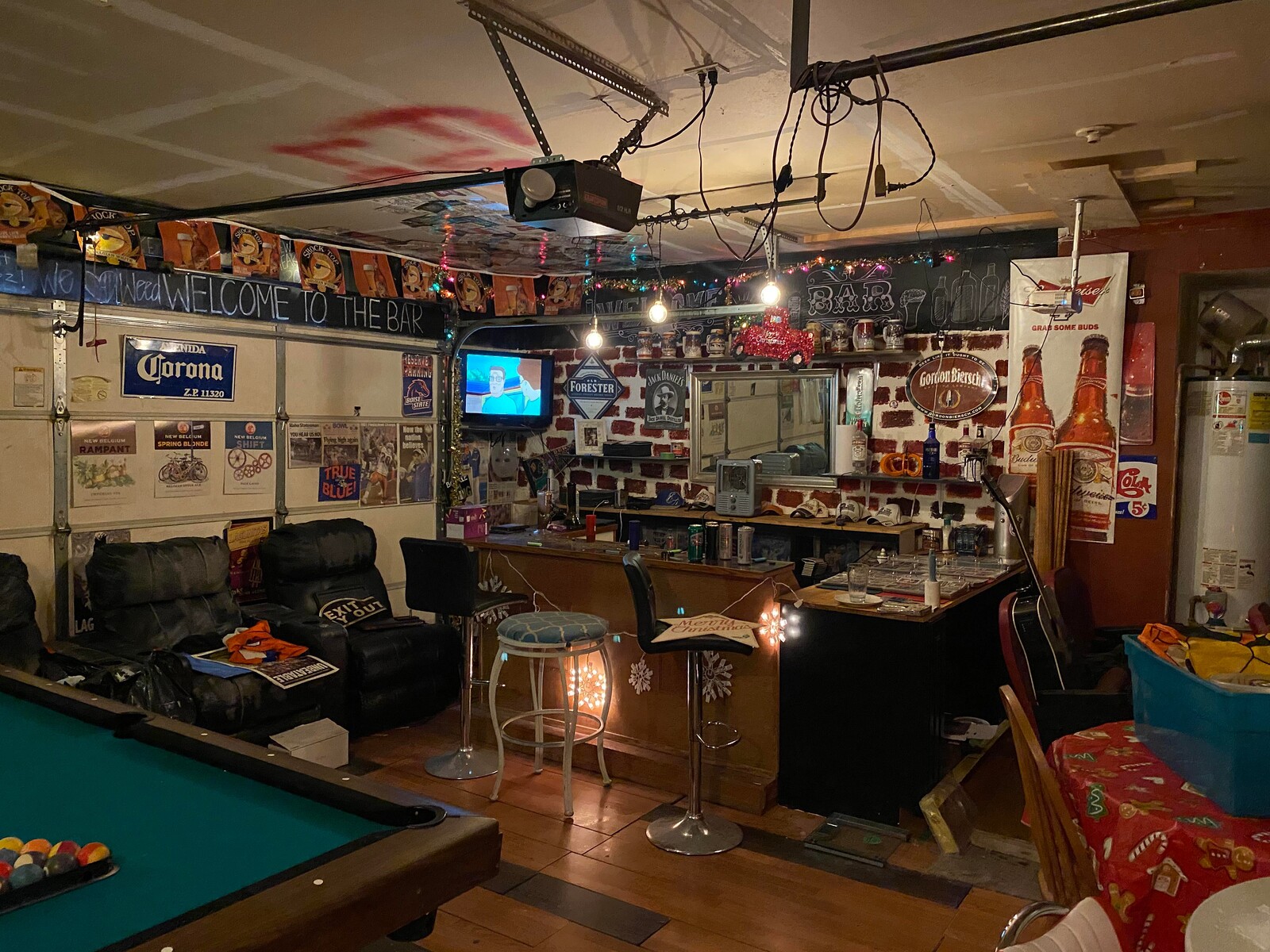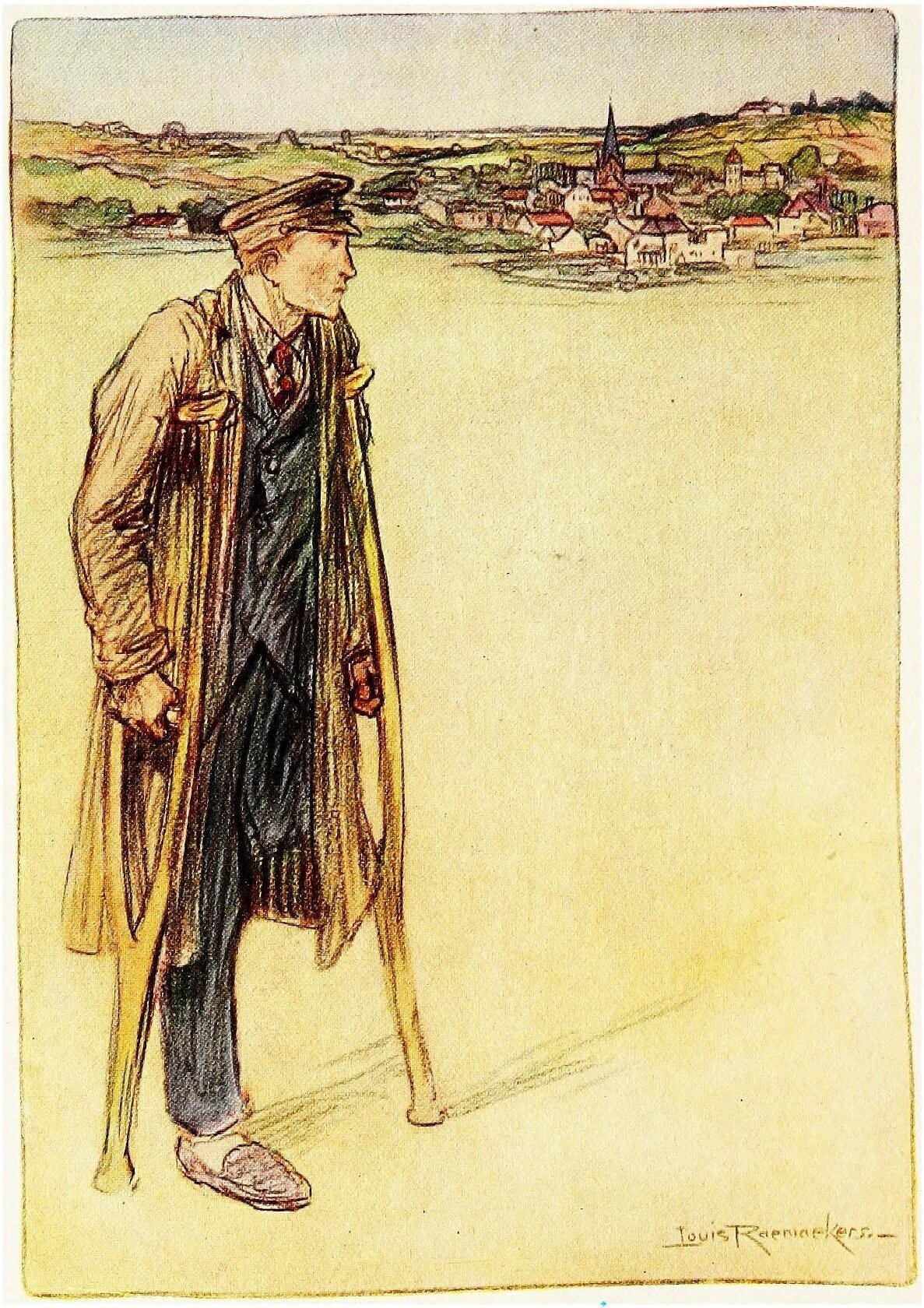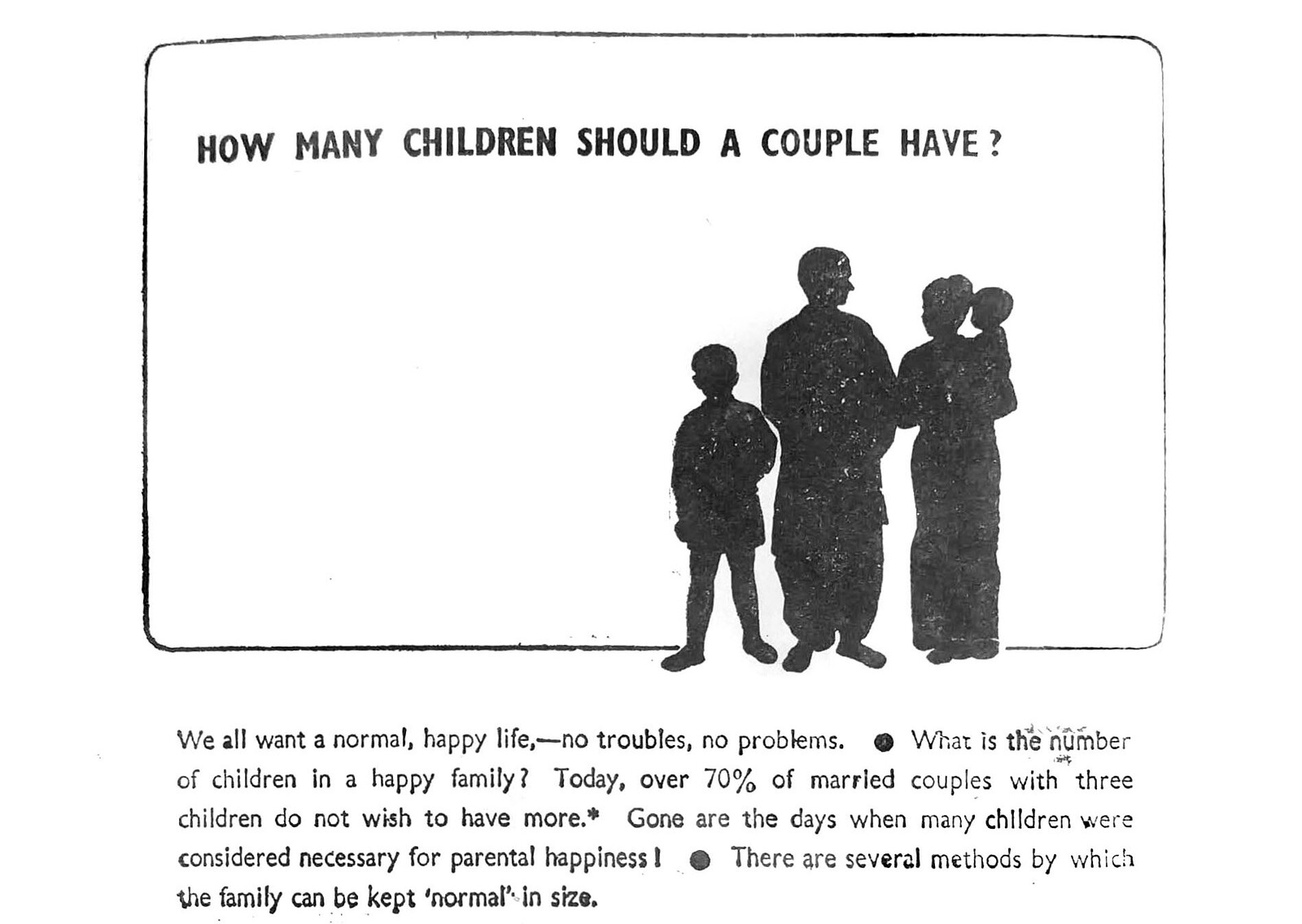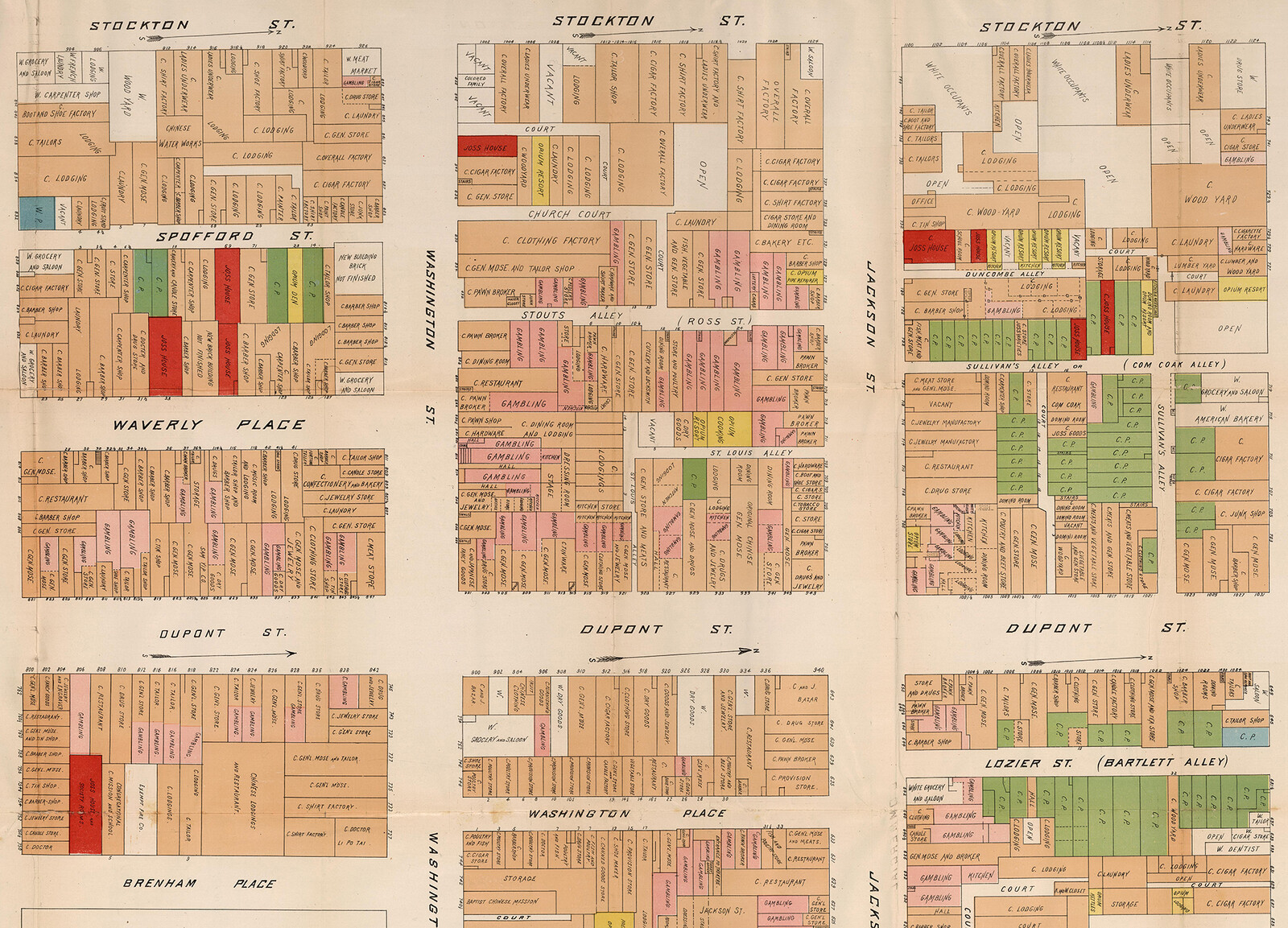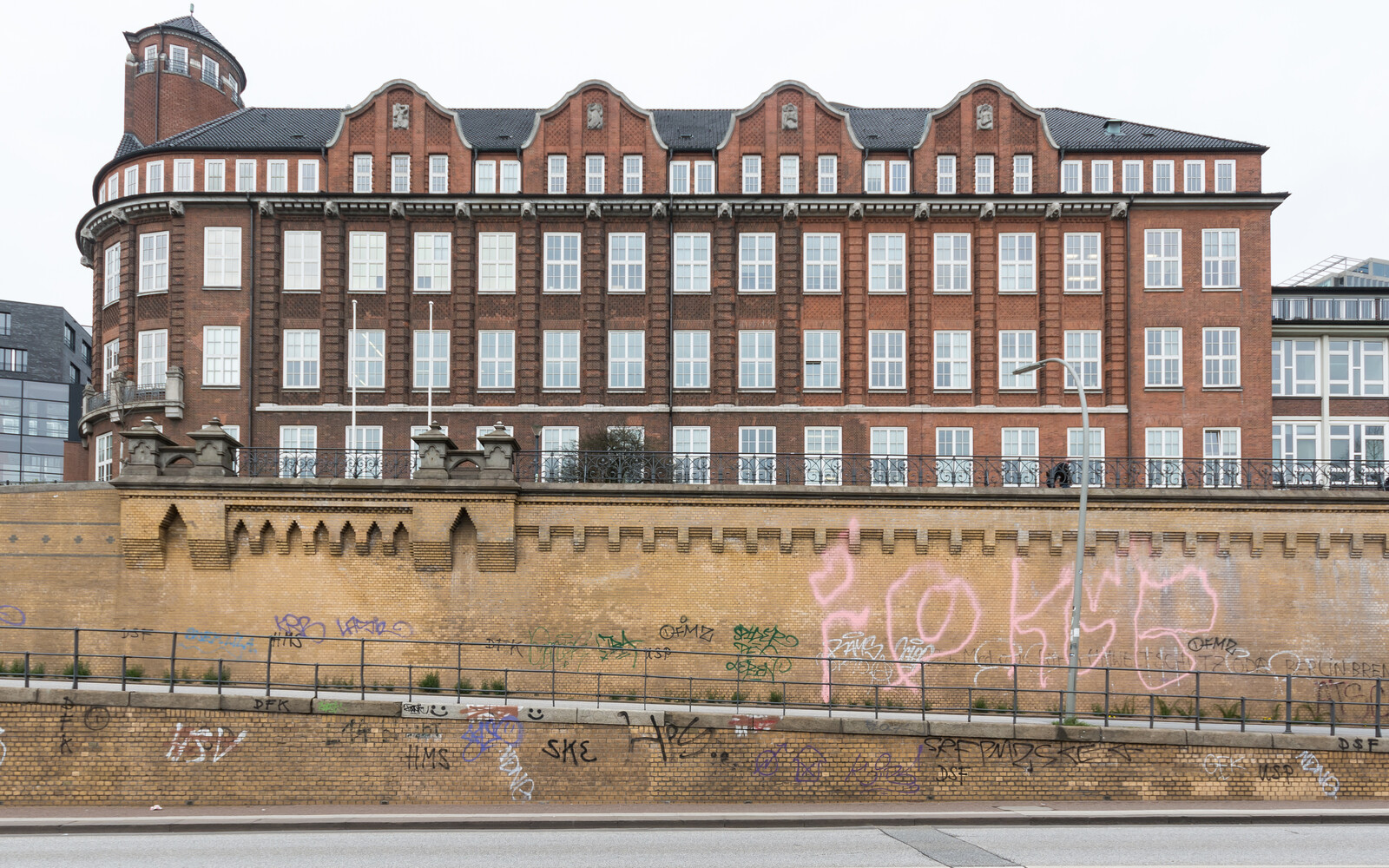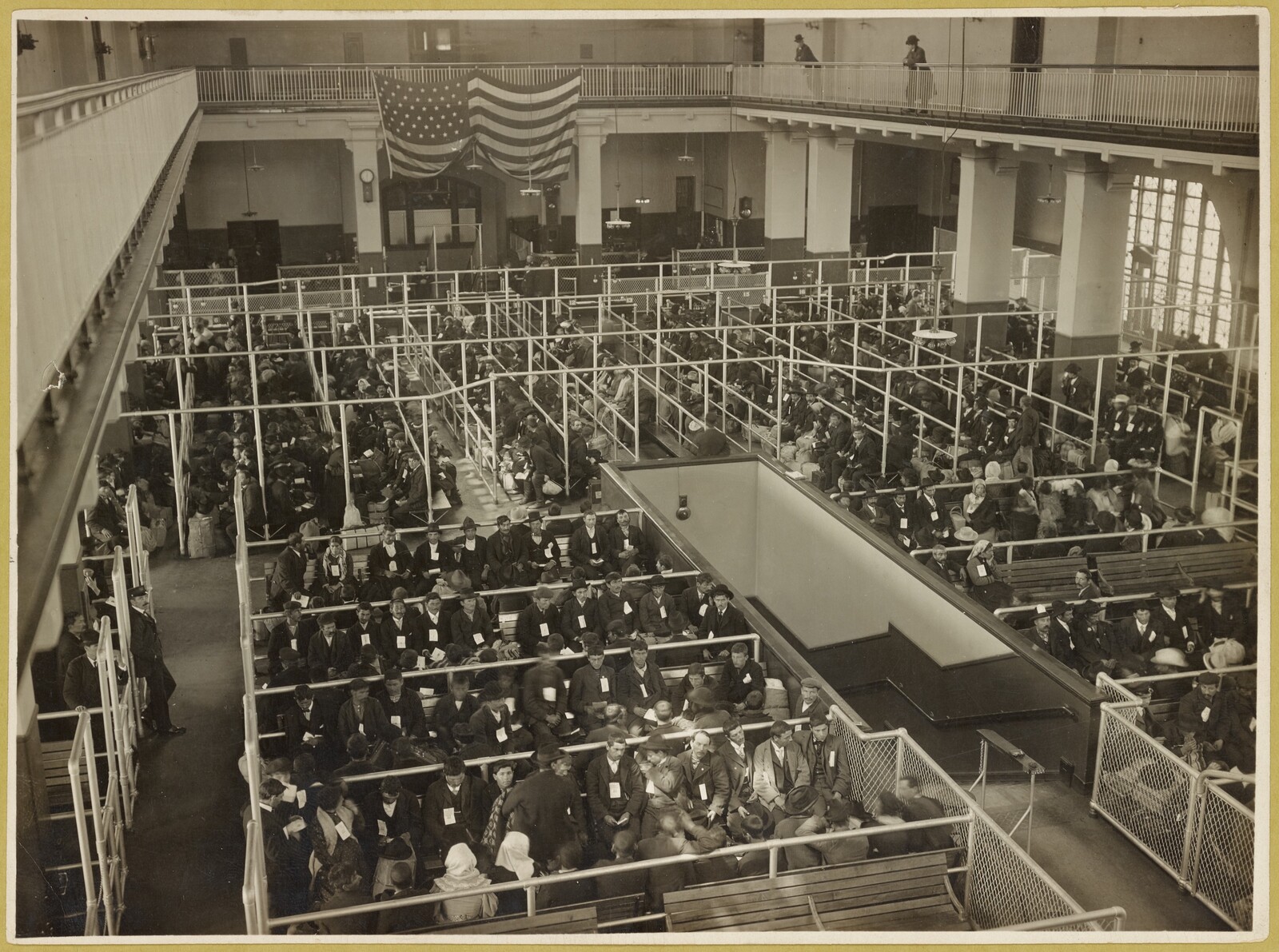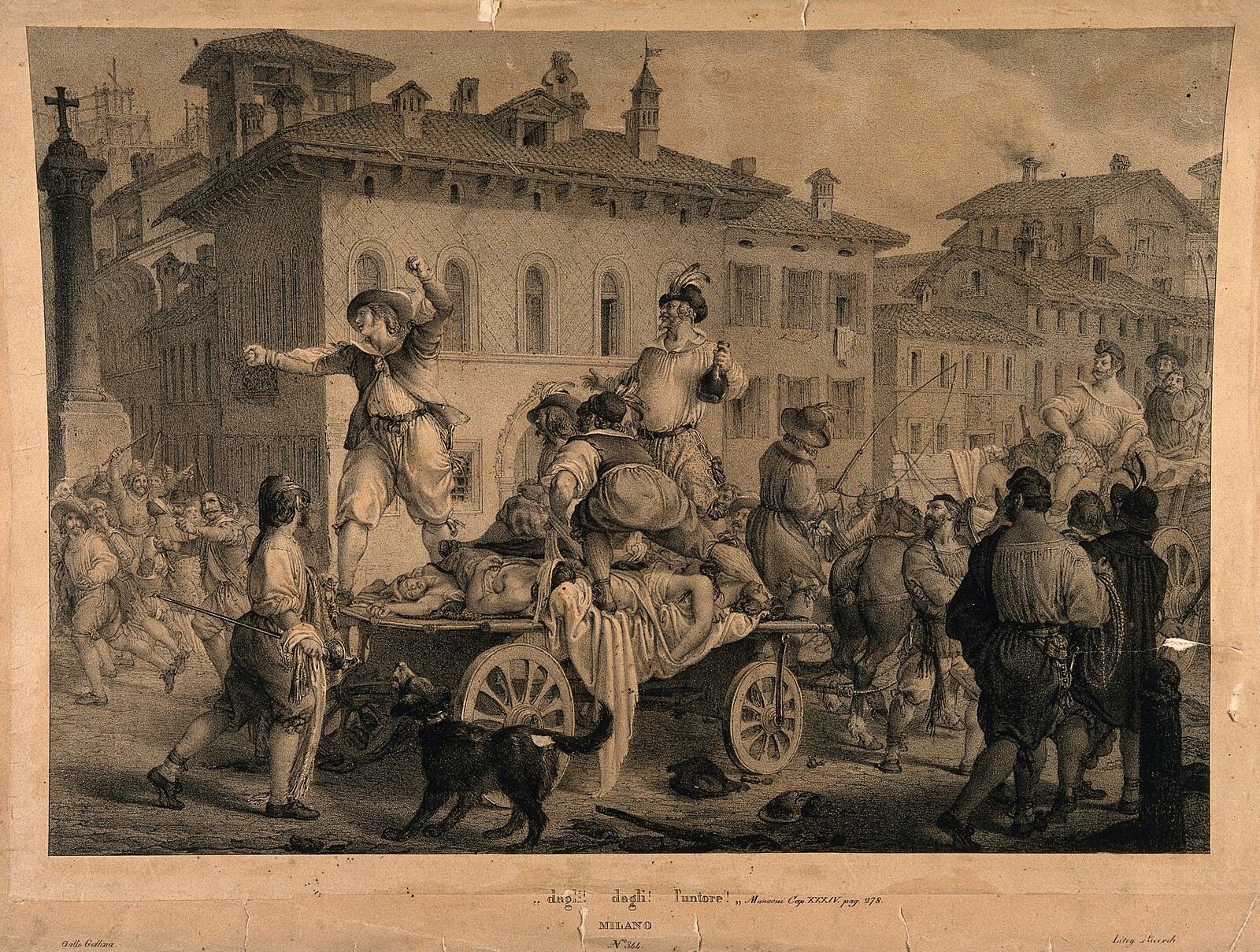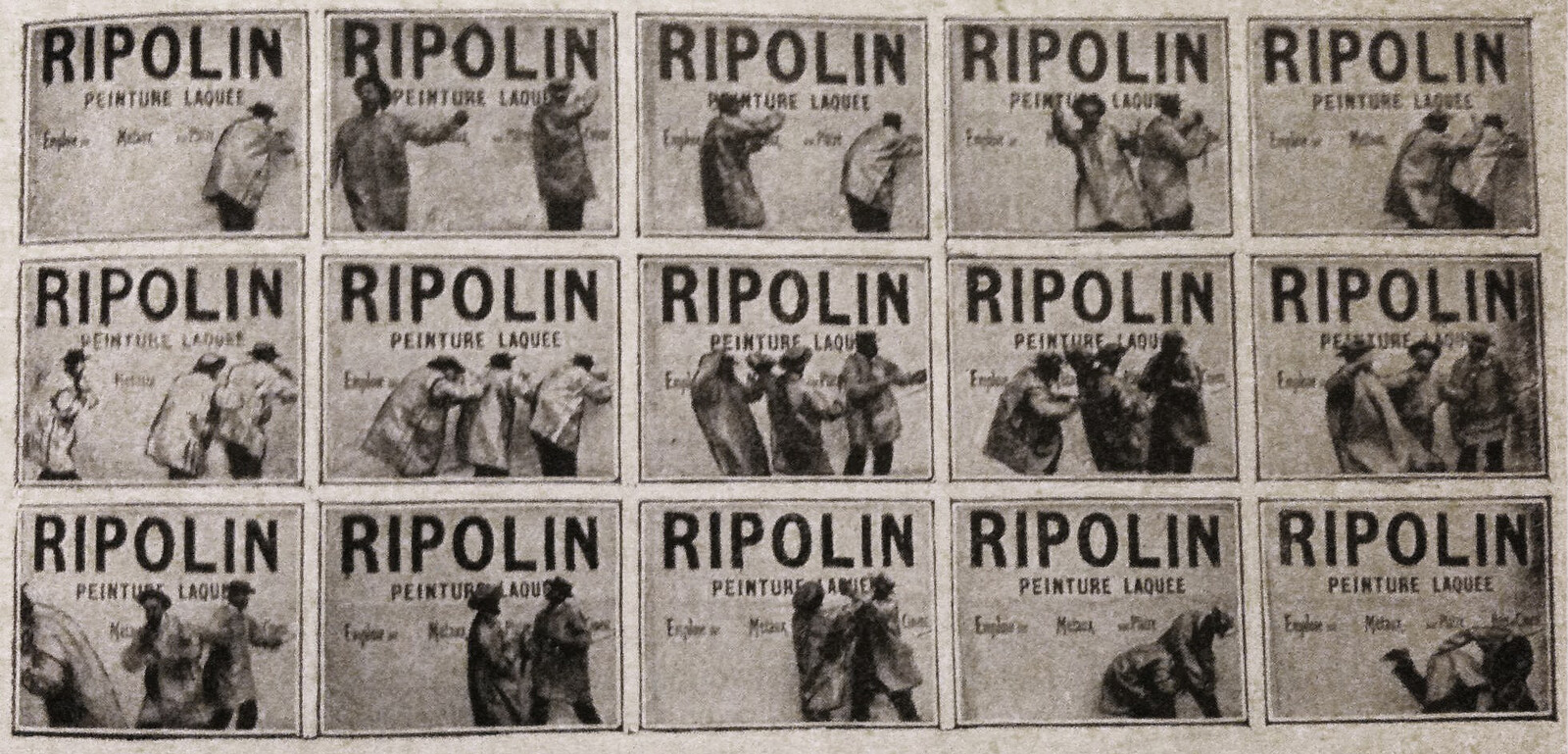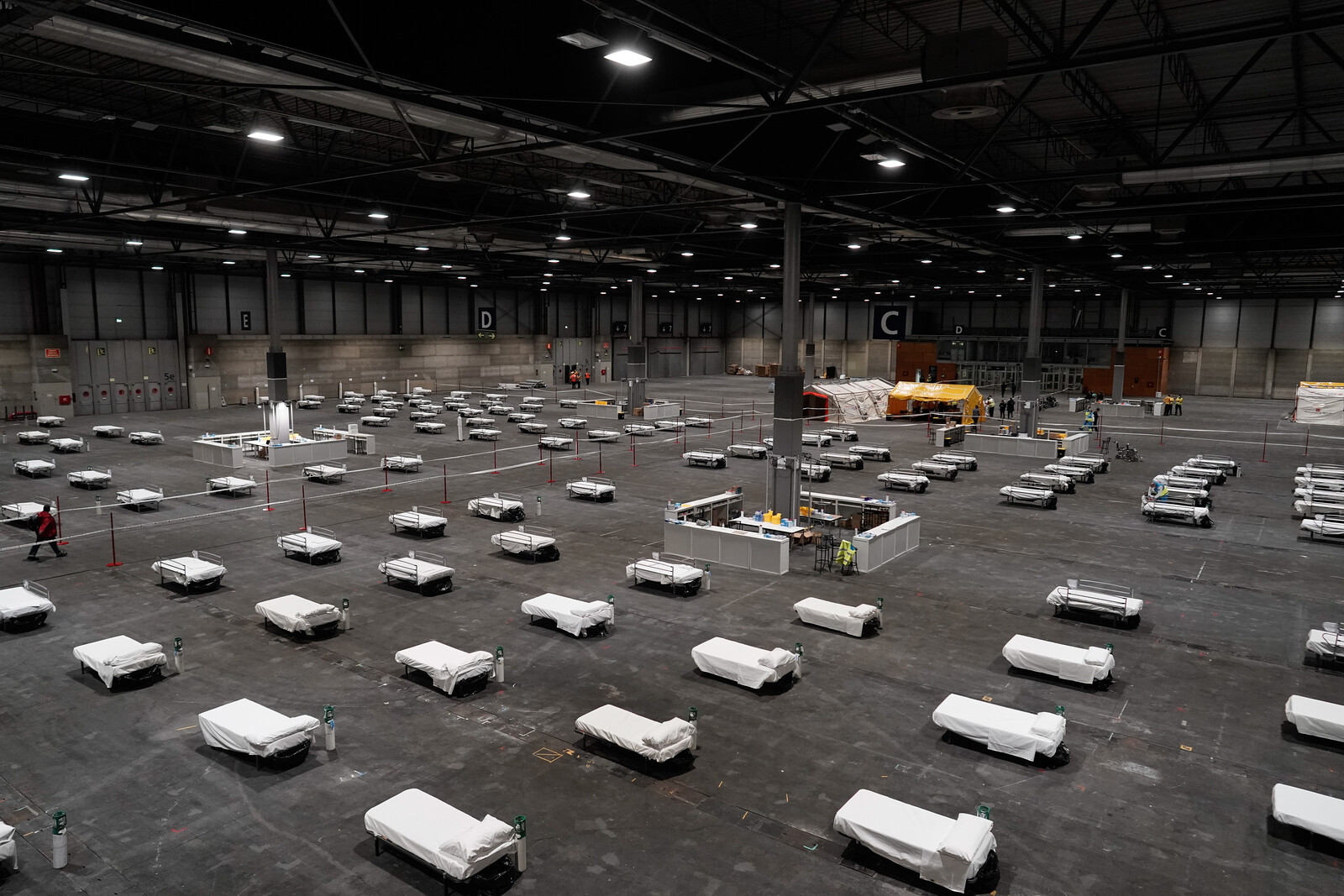i.
Not what is critique. Not what is a concept or a book. But perhaps, why this critique, this concept, this book? Why Geontologies and its obsessions with Life and Nonlife, with its figures of geontopower, with its hovering in the space between gaia and ground after Economies of abandonment, empire of love, cunning of recognition? The most straightforward answer is that every one of my books emerges from a limit condition in the previous one, as this limit condition encounters new discursive material currents and arrangements of the present. In this present, a world engulfed by a virus violently severed from its customary relation with the nonhuman world and, as it seeks it new settings, killing and maiming those people who already bare the embodied imprint of racist and colonial histories, what is the afterlife, the limit of the concept of geontopower and one of its figures, the Virus?
Concepts and their figures are born genealogically, of unexpected alignments of entangled regions of interests. Geontology was first introduced as a concept in 2012 at the Australian National University as part of the Annual Meeting of the Consortium of Humanities Centers and Institute’s “Anthropocene Humanities” Symposium. The invitation to participate was my initiation into the concept of the Anthropocene. My previous book, Economies of Abandonment, had deeply dove into the critical literature on biopower—Arendt and her Greeks; Foucault and his figures; Agamben and two modes of potentiality; Mbembe and the spectacles of postcolonial necropower; Esposito and his positive and negative biopolitics—in order to focus on a certain moment, or condition, in the life of alternative social projects; those moments, or those conditions in which a social project is neither something, nor nothing, but rather violent oscillation in the torrents of late liberal power. When I was invited to present a talk at the Anthropocene symposium, I was struggling, in the wake of Economies of Abandonment, to articulate a space of governance that didn’t preclude, even as it subsumed, biopolitics. How could one celebrate an otherwise that is located within landscapes where “wavering of death” defines a space that does not wonder about the practices of endurance within it, let alone the dynamics therein by which such otherwise might thicken to a something, find itself as such, and then deepen and extend before the weight of late liberal governance discovers and crushes it?
This critical focus on what felt at the time to be a callous celebration of the pure potential within zones that shutter rapidly and violently, or ever so slowly, between life and death, prompted me to reflect on my early work, on what started all these books, namely, the request by the Indigenous women I first met at Belyuen, Northern Territory, in 1984, who I credentialized myself as an anthropologist for so we could jointly analyze a berragut (white person, settler) mode of governance. This mode of liberal, what I would come to call late settler liberalism, went by the name of “Aboriginal self-determination.” The senior woman primarily encountered this mode of governance via the Northern Territory Land Rights Act, 1976. This Act claimed to recognize and embrace Indigenous difference, but in fact and practice demanded that Indigenous people shape themselves into form conducive to settler colonialism—to be different enough that settler colonialism could tell itself it was recognizing difference, but not so different as to threaten communicative or moral reason of the settler state. In The Cunning of Recognition, I argued that the statement that animated state-sanctioned Aboriginal self-determination had “become a form of difference for us that makes no difference to us.” And the form of difference settled colonialism enjoyed most were stories Indigenous people who were forced to tell about their relationships with not only the more than human animal world, but more compellingly, their mineral and meteorological existence.1 What was the reason settler law and publics could enjoy this difference? Because Indigenous analytics of the deep interdependencies and formations of existence did not seem to touch the epistemologies and ontologies governing settler reason. Settled reason was safely entombed in its schizoid divisions of Life and Nonlife; providing them entrée into jouissance—the experience of transgressing their own geontological limit without threat to the benefits of geontopower. By Economies of Abandonment, I was more interested in how an otherwise endured these conditions, suggesting two strategies that had a companion relation to late liberal recognition—espionage and camouflage—that I now see as mode of the figure of the Virus.
It was out of these diverse conditions that Geontologies attempted, on the one hand, to assault a critical blindness within the scholarship on biopower, namely geontopower, and on the other hand, to find a critical language to account for the moment in which a form of power long operating in the open in settler late liberalism was now becoming visible globally under the name of Anthropocene and Climate Change. The book’s intention was not to found a new ontology of objects, nor to establish a new metaphysics of power, nor to adjudicate the possibility or impossibility of the human ability to know the truth of the world of things. Nor was geontopower offered as a new formation of power replacing biopolitics. Instead it sought, in the spirit perhaps of Mbembe’s approach to necropolitics, to demonstrate how geontopower has long been foundational to critical thought, the governance of difference, and the extractive machinery of capitalism and its markets. The attribution of an inability of various colonized people to differentiate the kinds of things that have agency, subjectivity, and intentionality of the sort that emerges with life has been the grounds of casting them into a premodern mentality and a post-recognition difference. In short, Geontologies meant to provide a fuller account of the shape of a set of critical discourses and figural images coming into view as the presuppositional nature of geontopower cracked; and to orient a different way of consolidating discourses.
With these intentions in mind, Geontologies introduced a set of figures that I claimed had always accompanied, but now were assuming a greater discursive space from, the four figures of biopower. The four figures of sexuality emerged, as Foucault noted, from “four great strategic unities which, beginning in the eighteenth century, formed specific mechanisms of knowledge and power centering on sex.”2 These strategic unities (a hysterization of women’s bodies; a pedagogization of children’s sex; a socialization of procreative behavior; and a psychiatrization of perverse pleasure) were the effects of a host of other permutations of power as Christiandom refigured the Greek uses of pleasure and a new science of life refigured confessionary sexuality. And why did this refiguration occur? The “myriad of clashing forces” in successive forms of government from the Middle Ages to the eighteenth century refigured previous “great forms of power” that had “functioned as a principle of right that transcended all the heterogeneous claims.”3 The clash of forces, then, were not the clash of armies but currents that crossed the mobile relations of power, that operated and slipped among the equilibriums and dis-equilibriums of any arrangement, and that gave rise to new forms and arrangements that were necessary only retrospectively. These forces figured the four figures of sexuality—the hysterical woman, the masturbating child, the Malthusian couple, and the perverse adult. These are the figures biopower diagrammed and made available for liberal concern. But lurking among them were other arrangements, forms, and figures; ghostly specters liberalism glimpsed at the corner of its eyes, appearing as if feverous symptoms of some aspect of themselves they could not put their fingers on. Let me be clear: although Geontologies named three figures that geontopower makes us speak of, manage, fear, assault, and embrace—namely, the Desert, the Animist, and the Virus—the diverse terrains of late settler liberalism is populated by hosts of other actual and immanent others.
Rather than exits from geontopower, the Desert, the Animist, and the Virus were meant to be diagnostic and symptomatic of the ways in which those who have benefitted from geontopower are responding to its potential incapacitation. They weren’t meant to refer to deserts, animists, or viruses in themselves, in the sense of forms of existence subject to geontopower, but rather geontopower’s reassertion of its governance over existence. It is because of this that I chose the figure of the Virus rather than the Terrorist, even as the Terrorist is within the broad imaginary of the Virus. Even when thinking of the Virus as a figure of geontopower’s loss of self-evidence legitimacy, I tried to forestall the celebration of it as a radical exit from geontopower. I noted, “while the Virus may seem to be the radical exit from geontopower at first glance, to be the Virus is to be subject to intense abjection and attacks, and to live in the vicinity of the Virus is to dwell in an existential crisis.” And I noted that capitalism is the epitome of the Virus as well as the major producer of it.
ii.
Covid-19 has made these cautions terrifyingly clear. The rhetorics of war, the replacement of the discourses of citizenship with those of civilians, the reemergence of a militant white supremacy in the US and Europe, and the hardening of nationalisms have attempted to block those demonstrating how colonizing capitalism is the Virus, has facilitated the virus’s spread, and account for its differential impact of Indigenous, Black and brown people. The actual virus, then, becomes a figure of geontology’s failure to govern in such a way that the values of capital extraction flow primarily into the white North while the toxicities that are produced along the way remain within the primarily brown and black global South. In other words, the relays between the figure of the Virus and the actual SARS-CoV-2 virus become increasing rapid and ever more important to disentangle.
Rhetoric and practices of war have accumulated around Covid-19. In New York, during the rise of the Covid-19 crisis, governor Andrew Cuomo strained to come up with new metaphors of war, battle, and combat. “This is a war, we have to treat it as a war.” Cuomo was hardly alone in his imaginary stance against Covid-19. Costanza Musu provided an international overview of the rhetorics of war that enveloped national responses to the circulation of the virus, from Queen Elizabeth II’s evocation of the Second World War (“we will meet again”) to UN Secretary-General Antonio Gutiérrez’s claim that “This war needs a war-time plan to fight it.”4 Strongmen from Victor Orbán in Hungary and Rodrigo Duterte in the Philippines to Xi Jiping in China sought to mobilize internal campaigns of political oppression under the guise of fighting the heroic battle against Covid-19. These rhetorics of war are also a feature of the figure of the Virus. In Geontologies, I noted that if the central imaginary of the Desert was the carbon imaginary (the scarred homology between biological concepts such as metabolism and its key events of birth, growth-reproduction, and death, and philosophical concepts such as event, conatus/affectus, and finitude), and the central imaginary of the Animist is the indigenous society in perfect balance with Nature, the central imaginary of the Virus is the terrorist. The terrorist, like the carbon imaginary and the indigenous society, are spectral projections of geontopower. They are both disavowals of their internal relationship to geontopower and abjections onto those who have suffered from geontopower. The terrorist is a projection onto anti-colonial and anti-capitalist movements and a disavowal of the terror of the history of colonial capitalism present in the global form of late settler liberalism. In this discourse of disavowal, the Virus-as-terrorist lurks among us, unseen, camouflaged, taking advantage of the freedoms afforded by late liberal capitalism. Its viciousness is in equal proportions to its invisibility. It is the inverse of everything late liberal capitalism stands for.
But Covid-19 is neither a friend nor enemy of late liberal capitalism or those who seek to live its refusal. It neither seeks to kill nor extend its dominion. Instead, radically agnostic to its form, Covid-19 is the result of the capitalism’s continuing colonization of the entirety of existence and extends through the infrastructures of late liberal markets and their defenses. We know this. We also know that Covid-19 is only “a virus,” the SARS-CoV-2 virus, in an abstract sense. Its recent ancestor was once the internal node of a previous entanglement with bats and their environs, and Covid-19 is the residual of the capital colonization of that arrangement.5 We cannot know what its future form in whatever new entanglement it expresses itself will be. What we do know is that its present operation—its new form of dwelling—is diagnosing the structures and contours of power of the ancestral presence of geontopower.
To see how the actual virus is diagnostic and symptomatic of geontopower, we need to understand how the figure of the Virus-as-Terrorist blocks this analytic. This is, after all, what the figures of biopolitics and geontopower do. They huddle just inside the door between the given arrangement of geontological governance and its otherwises, trying to block entrances and exits to anyone and anything that attempts to reshape its interiors and exteriors. Figures may be symptomatic of the crumbling of geontopower but they are still diagrams of it. Instead of approaching the current pandemic within this geontological imaginary, we need to see it as yet another form of toxicity that colonialism has seeded. Toxicity technically refers to those substances that are biologically noxious or poisonous—those things that have the capacity to disrupt biological function. But the relationship between toxic and nontoxic things is not a line so much as matter of degree. All substances have within them the capacity to become toxic; all substances can move from medicine to poison, hero to scapegoat.6 Even the purest of waters can be toxic to humans if taken in sufficiently large doses. Thus, medical discussions of toxicity typically emphasize the means by which toxins enter the body and the amount a body can process safely before becoming overwhelmed. Climatic overheating, while technically external to the body, can disrupt internal biological functions as profoundly as any toxin as commonly understood. High temperatures don’t literally boil the blood, but they put cardiac functions under serious stress even in the healthiest individual as they raise the level of ozone and other pollutants (pollen and other aeroallergens) which can dramatically affect preexisting cardiovascular and respiratory diseases. In this way, the heat index of rising temperatures and humidity are a part of a more general expansion of uninhabitable zones. What surprise then that the advice of certain policy experts for mitigating the effects of climate change sounds eerily like older advice for interacting with chemical toxins: don’t let them in (seal yourself off with air-conditioning and air purifiers) or remove yourself from the contaminated area (join the great climate migration). The eerie similarities to the mitigation and containment strategies of global Covid-19 pandemic are hard to miss. As Andrea Bagnato notes, with “the establishment of new networks of free circulation” and “permanent urban spaces” also came “unwelcome matter like viruses and bacteria,” revealing “the misguided nature of Western aspirations to bring order and civilization to the rest of the world.”7
We might also see viruses and their differential effects as traces of capitalism’s extractive exhaustion of any form of existence it encounters. In this sense toxicity refers not merely to the overwhelming and exhausting of the body’s immune defenses—the now well-known overreaction of a person’s immune system, causing more damage than the virus itself—but the exhaustion of the human and more than human world. An exhaustion of the violent extraction of labor as a life force from enslaved men and women in the Caribbean that powered the emergence of liberal capitalism, as well as the extraction of minerals from soils which, as Filipa César has noted, the anti-colonial writer and activist Amílcar Cabral understood as a fundamental aspect of Portuguese enrichment from its colonies.8 Toxicity as a form of extractive exhaustion is a material sedimentation. Covid-19’s devastation of poor, Indigenous, Black and Brown communities is a horrifying analytic of this historical toxic sedimentation. Certainly, Covid-19 is not our friend. But it is not our enemy either. Covid-19 is a manifestation of the ancestral catastrophes of colonialism and slavery. Covid-19 is a manifestation of the continual destruction and dispossession of existence by the massive extraction and recombination machine of late liberal capitalism. In other words, structural racism and colonialism and their devastating effects on the health of Black and Indigenous bodies and their environments existed long before Covid-19. The catastrophe of climate collapse, toxic exposure, and viral pandemics are not à venir—they are not on the horizon coming toward those staring at it. These are the ancestral catastrophes that began with the brutal dispossession of human and more-than-human worlds and a vicious extraction of human and more than human labor. These dispossessions and extractions birthed liberalism and capitalism, and alongside them, a massive machinery that disavowed their structural violence. The rhetorics of war, the figure of the Virus as a Terrorist, directs attention away from late liberal capitalism as the quintessential Virus, the quintessential Terrorizer, the source of this horror we are experiencing. We are told, instead, to view the virus within the framework of what, in Empire of Love, I called “ghoul health,” namely, the global organization of the biomedical establishment and its imaginary around the idea that the big scary bug, the new plague. Ghoul health is, in other words, the prefigure of the concept of the Virus. It is the bad faith of geontopower in which the real threat is not the virus but the contemporary global division, distribution, and circulation of health. It is the bad faith we are living unevenly.
Elizabeth A. Povinelli, “Do Rocks Listen? The Cultural Politics of Apprehending Australian Aboriginal Labor,” American Anthropologist 97, no. 3 (September 1995): 505–518.
Michel Foucault, The History of Sexuality, vol. I: The Will to Knowledge (Paris: Éditions Gallimard, 1978), 103.
Ibid., 87.
Constanza Musu, “War metaphors used for COVID-19 are compelling but also dangerous,” The Conversation, April 8, 2020, ➝.
Maciej F. Boni et al., “Evolutionary origins of the SARS-CoV-2 sarbecovirus lineage responsible for the COVID-19 pandemic,” Nature Microbiology (2020): ➝.
Jacques Derrida, “Plato’s Pharmacy,” in Dissemination, trans. Barbara Johnson (Chicago: University of Chicago Press, 1981).
Andrea Bagnato, “Microscopic Colonialism,” e-flux architecture, December 13, 2017, ➝.
Filipa César, “Meteorisations: Reading Amílcar Cabral’s Agronomy of Liberation,” Third Text 32, nos. 2–3 (2018): 254–272.
Sick Architecture is a collaboration between Beatriz Colomina, e-flux Architecture, CIVA Brussels, and the Princeton University Ph.D. Program in the History and Theory of Architecture, with the support of the Rapid Response David A. Gardner ’69 Magic Grant from the Humanities Council and the Program in Media and Modernity at Princeton University.
